Project 1 - Take 11 Snapshots, Take 11 Photographs and Take 11 Images.
Definitions
Snapshot
- A Snapshot is a taken instantaneously and on the spot, with little or no thought to the formal aspects of photography such as composition and framing. A picture may be categorised as a 'Snapshot' depending on its format (the size it is printed), equipment used to capture it (i.e. a smartphone), the context in which it is published (i.e. on social media or in a gallery) and the composition (i.e. horizons not straight, heads chopped off frame). These elements make up what is known as the 'Snapshot Aesthetic'.
Photograph
- A Photograph is what we consider as a 'well-composed' picture. A Photograph is designed to resemble the subject as close as possible to how the subject appears in real life. Examples of Photographs are most commercial photographs (i.e. product photography) by making the product look as close to real life as possible, giving the customer a true representation of the product before they purchase it. Photographs are 'descriptive' of the subject.
Image
- An Image is when the viewer needs to know certain information about the image before they can understand it. Without knowing this information, the viewer will not understand the image. This idea of knowing something to understand it fully links to the 'Hermeneutic Circle'. It can be said that an Image transforms the world into a photographic world by using the medium that is photography. An image is different to how the human eye would see it (i.e. long shutter speeds = motion blur).
Below are three individual galleries of my final Snapshots, Photographs and Images.
Snapshots
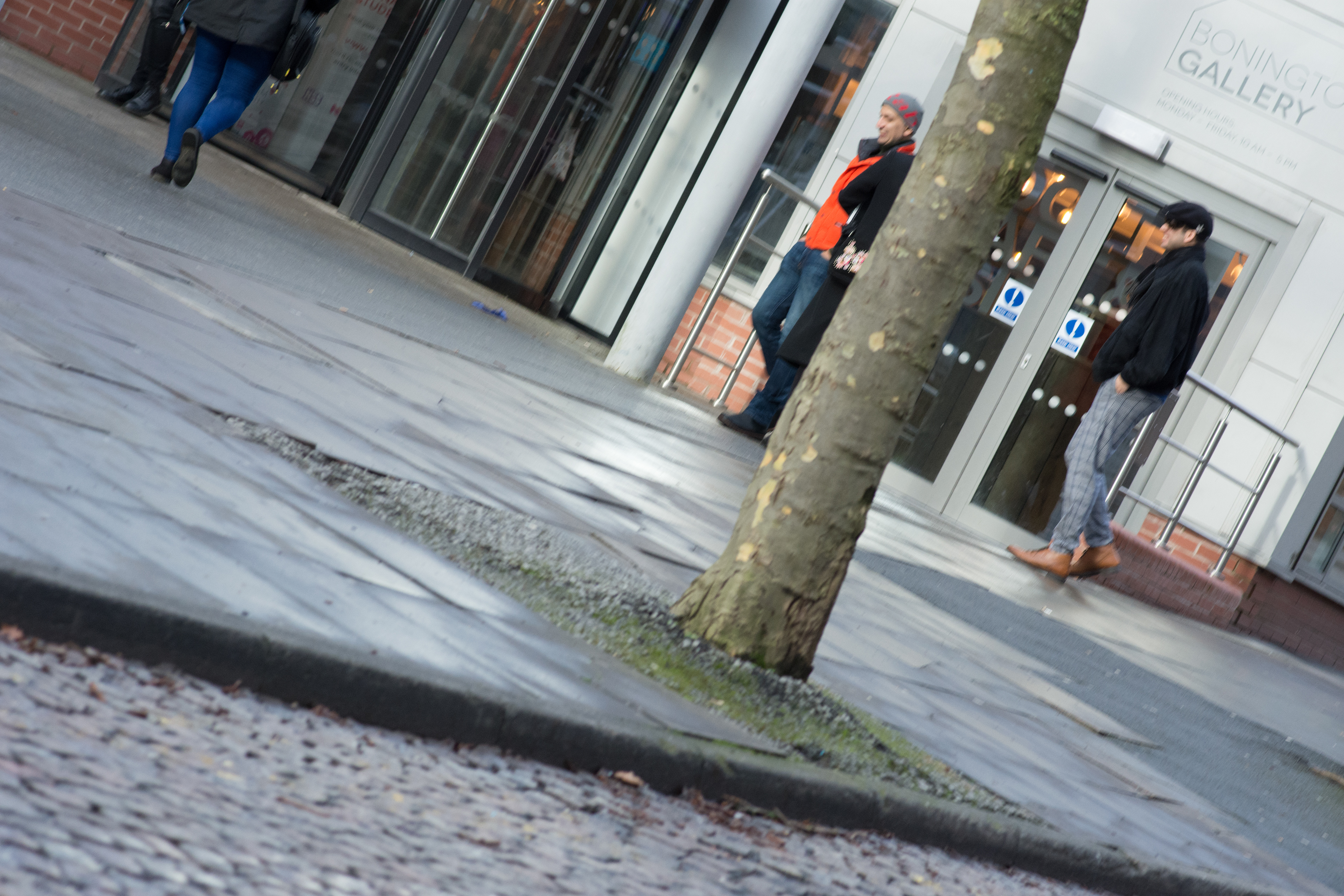
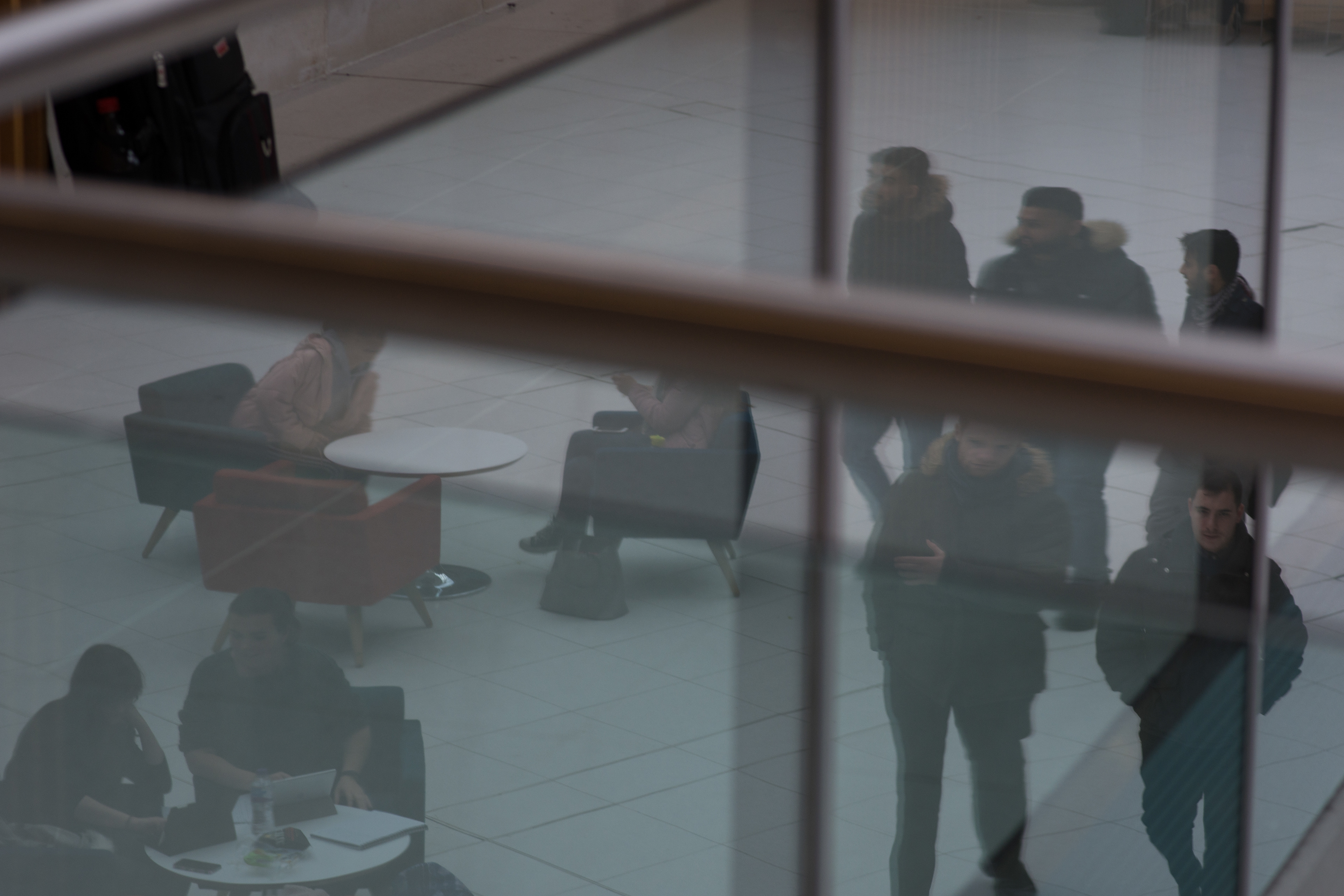
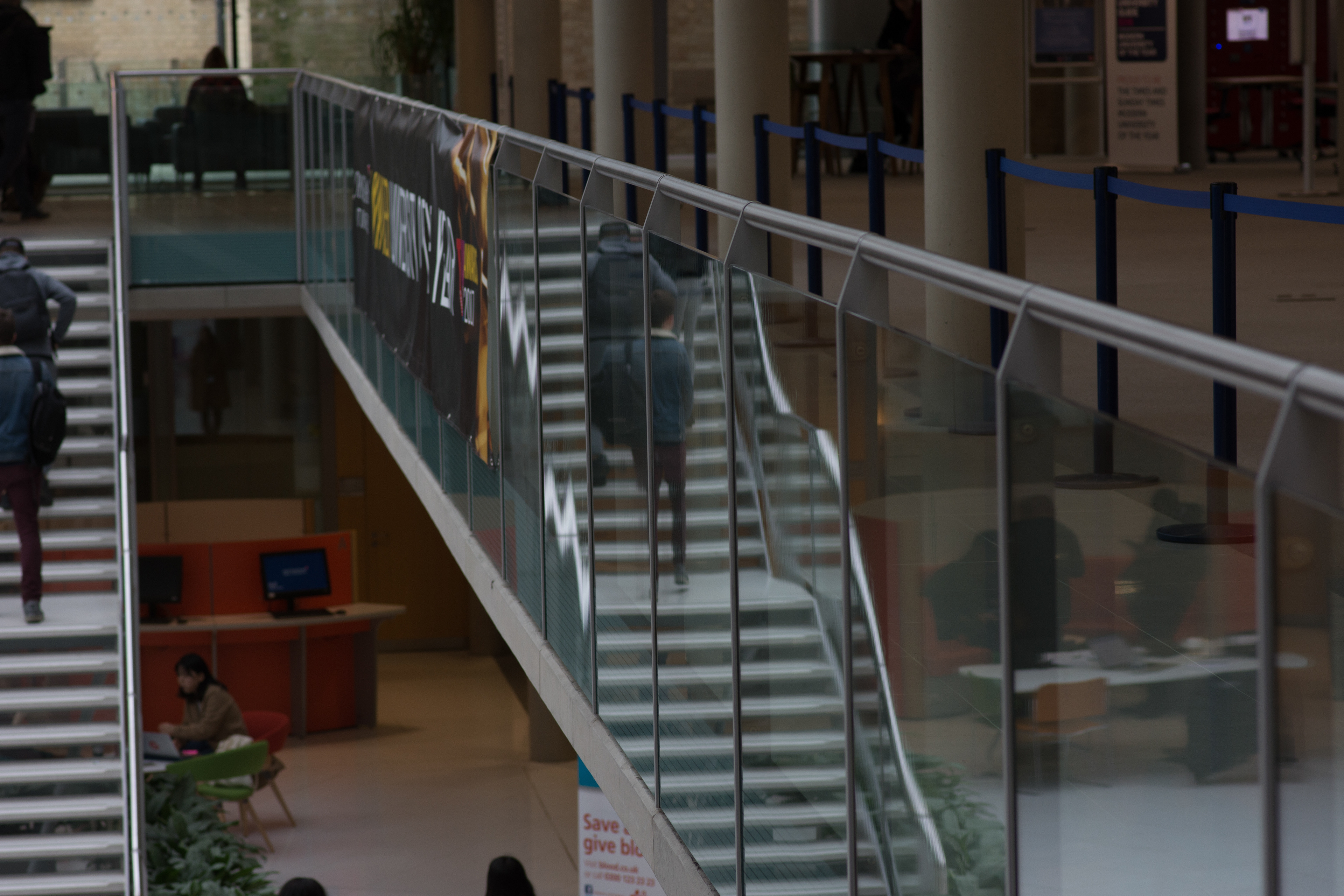
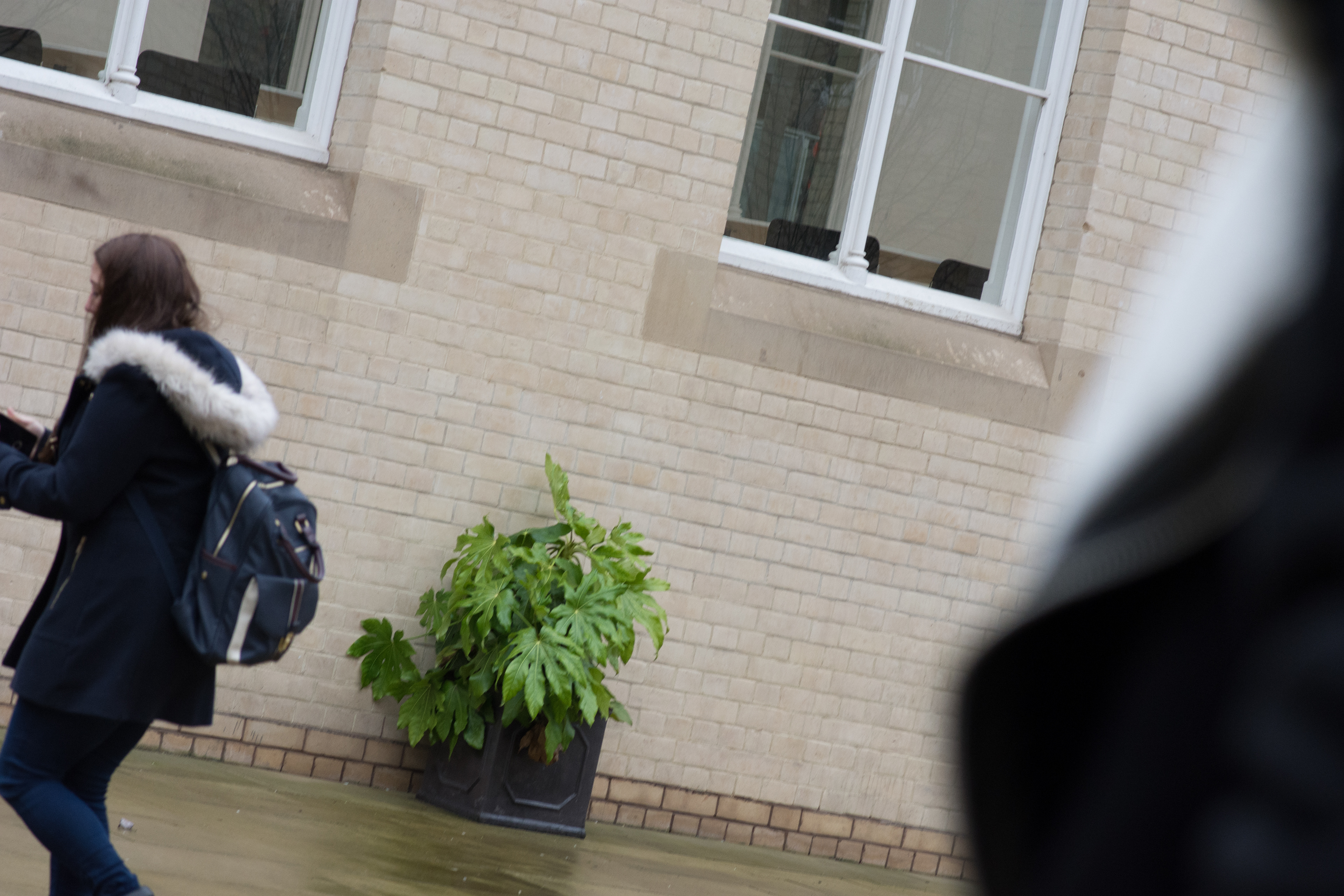
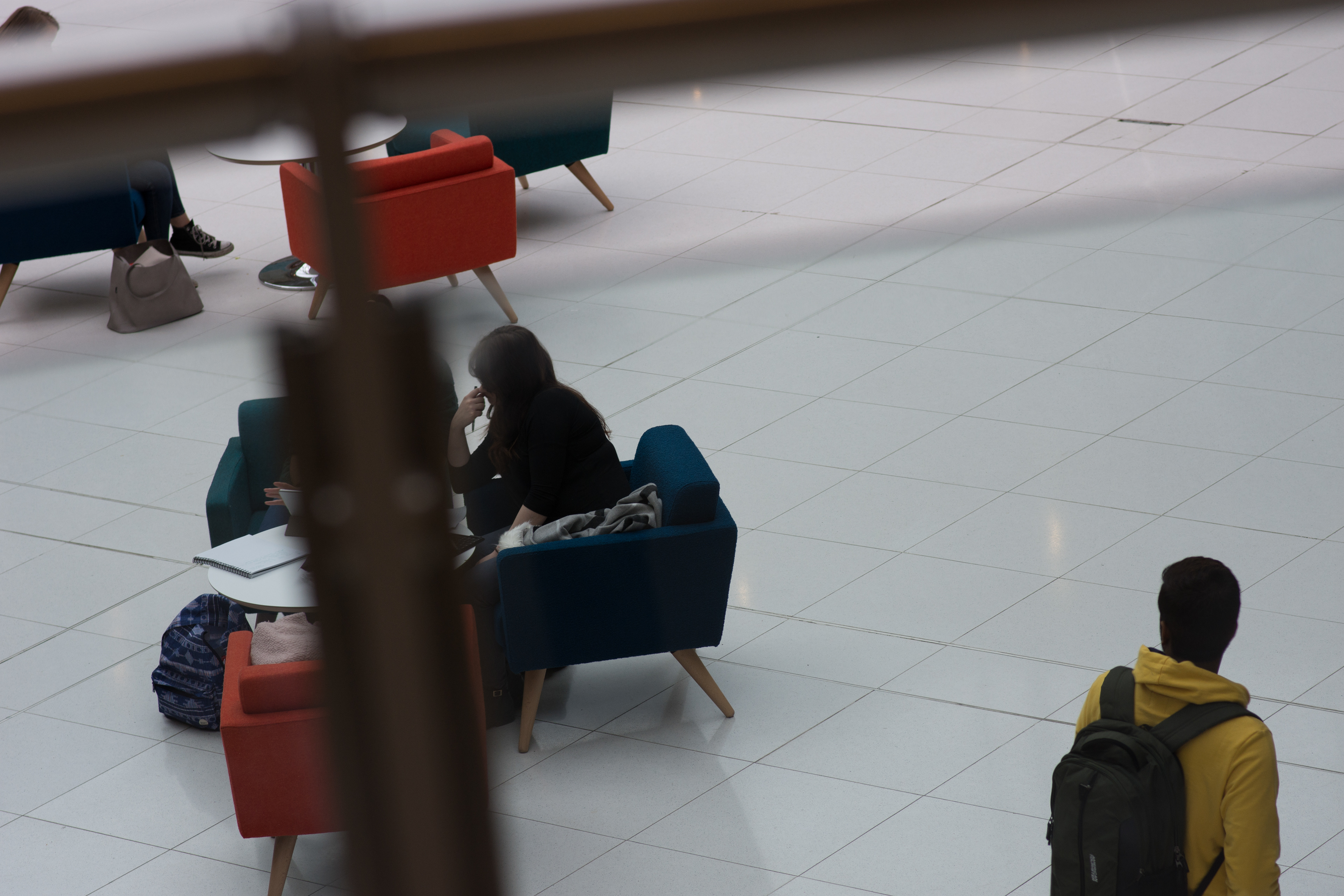
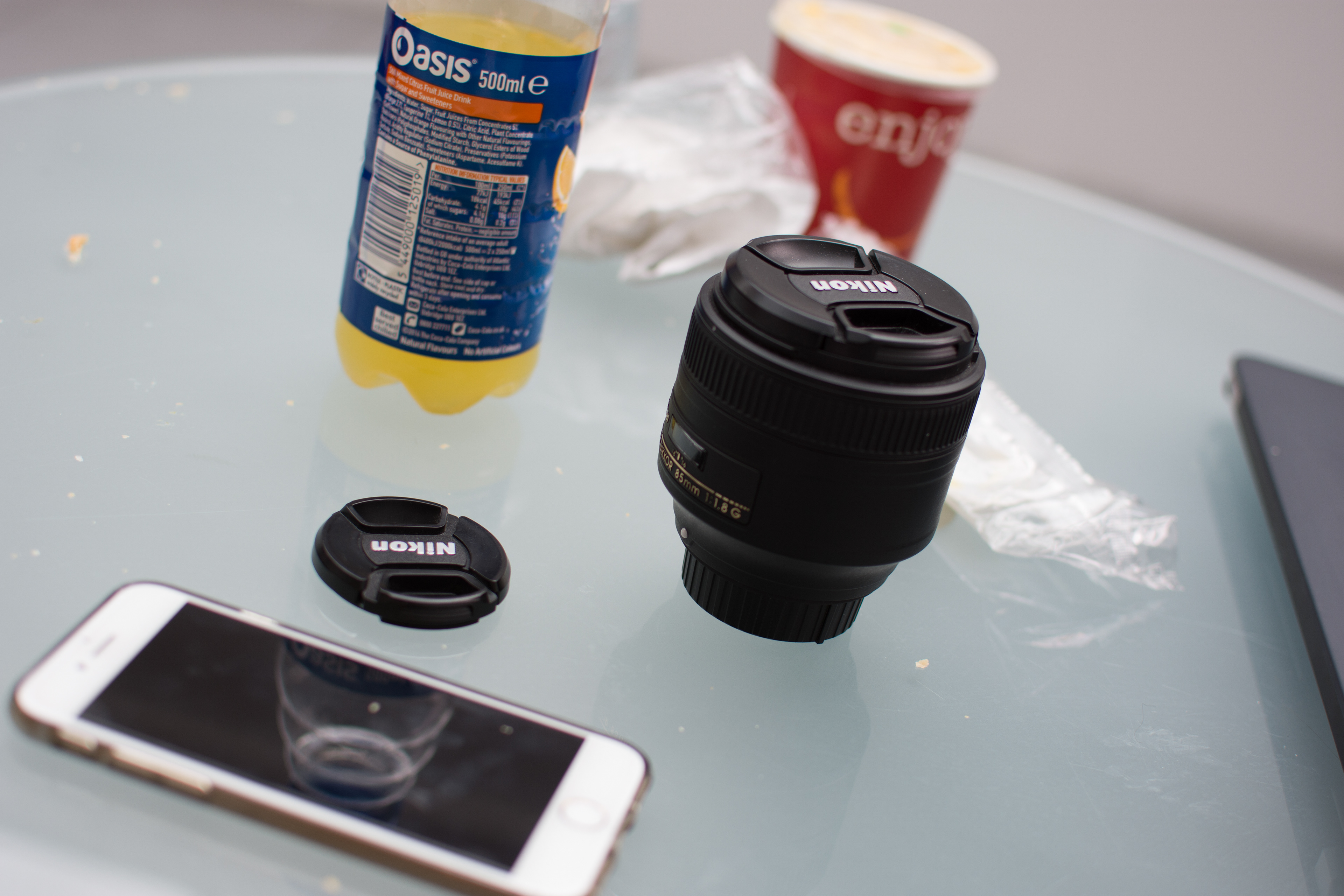
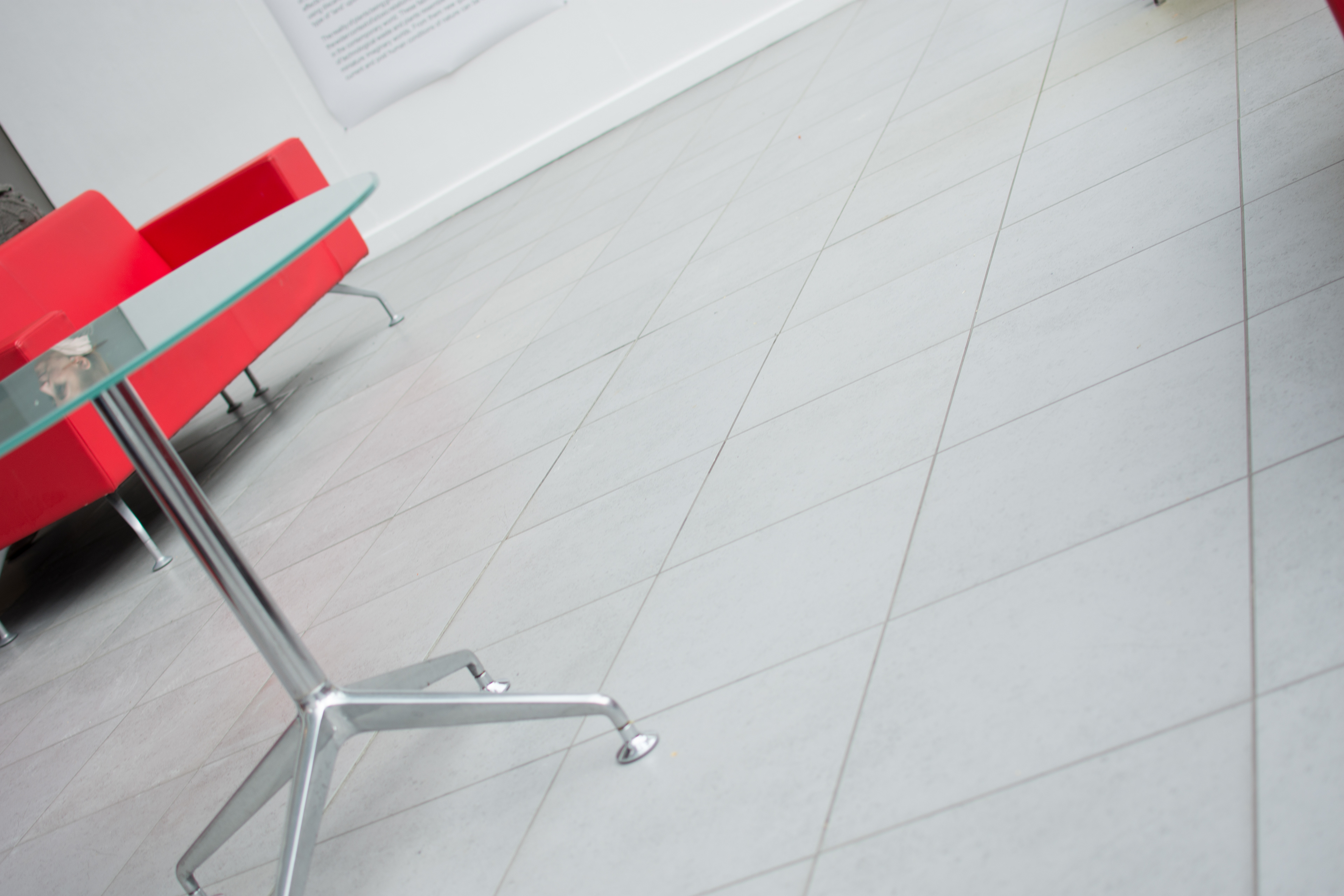

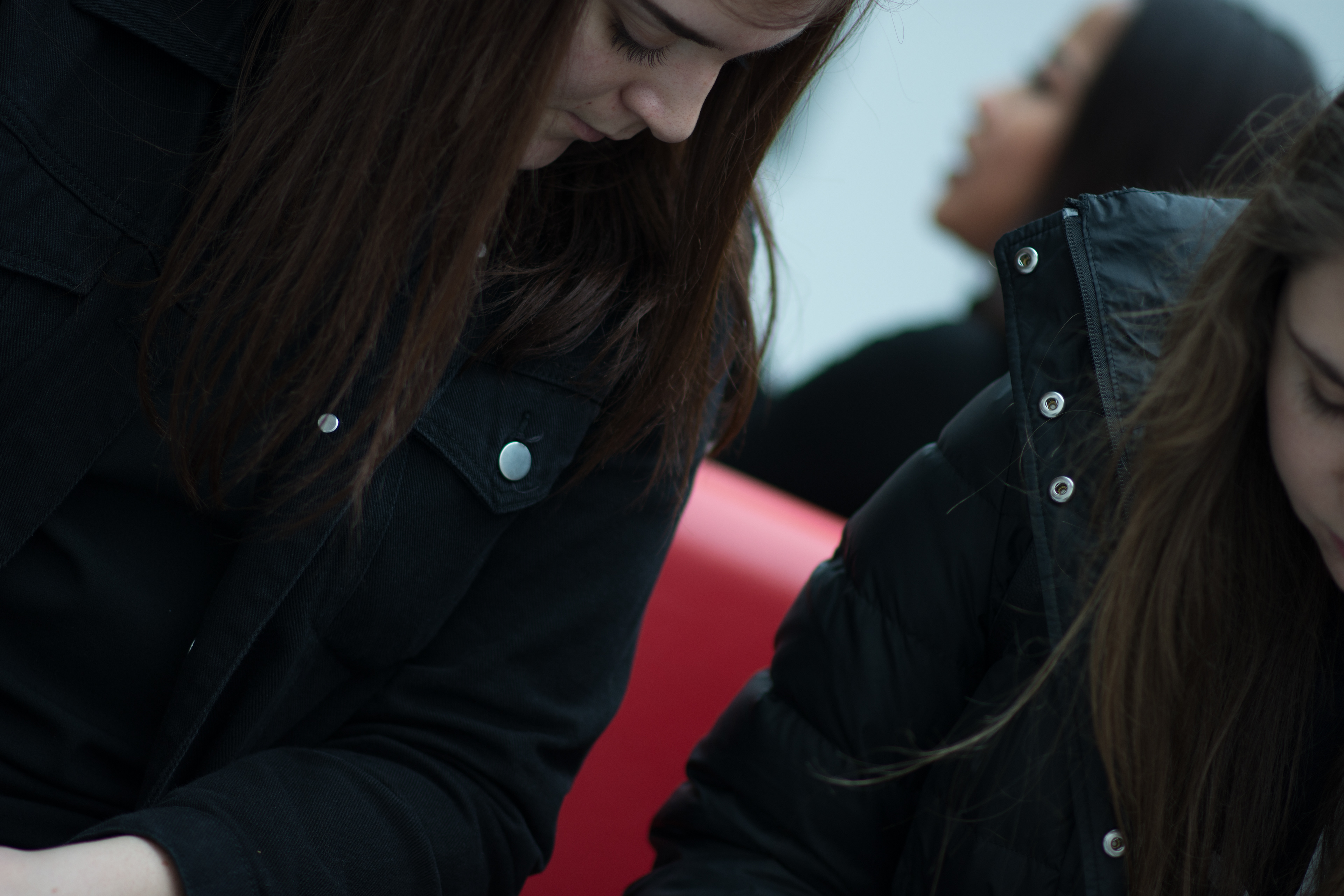
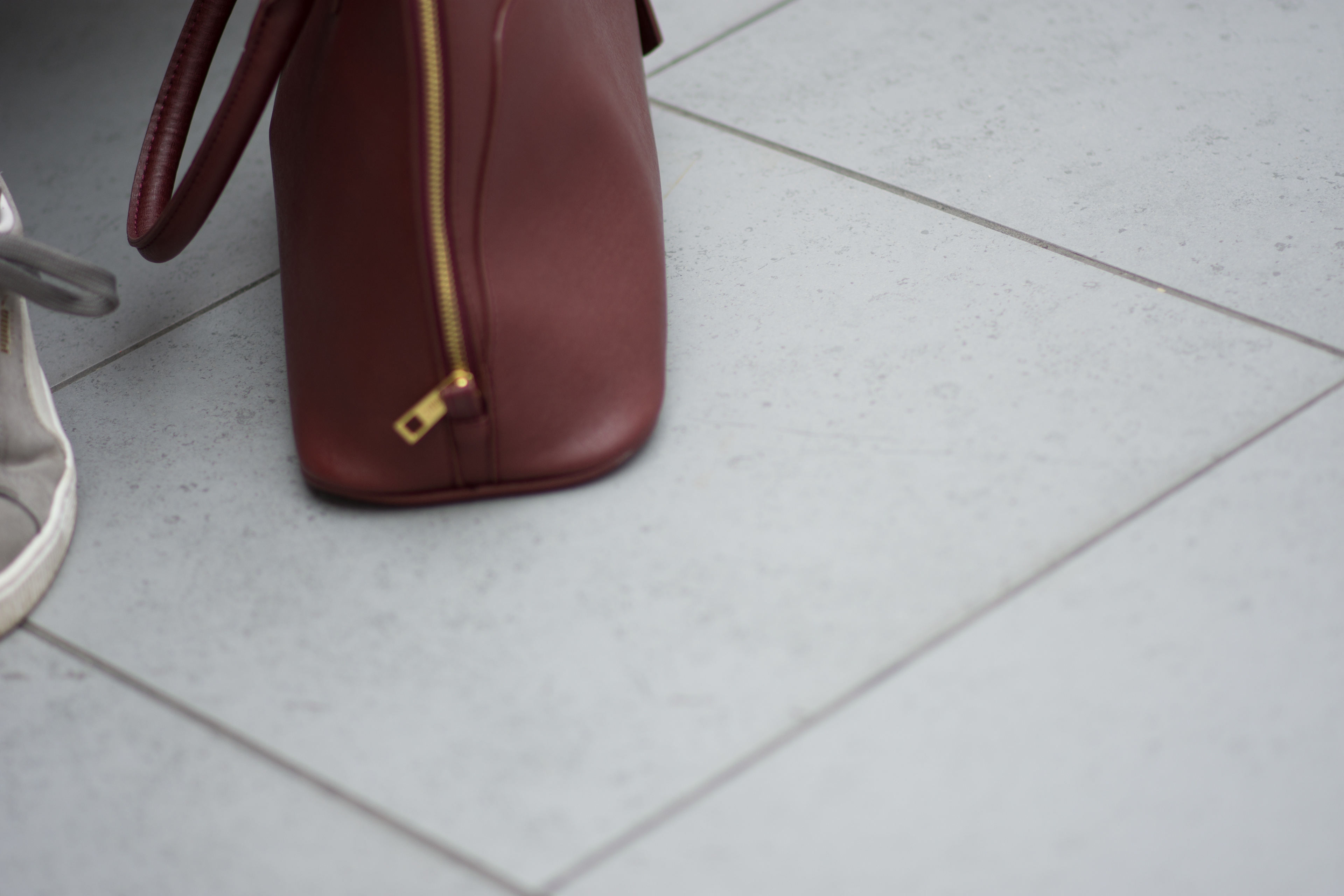
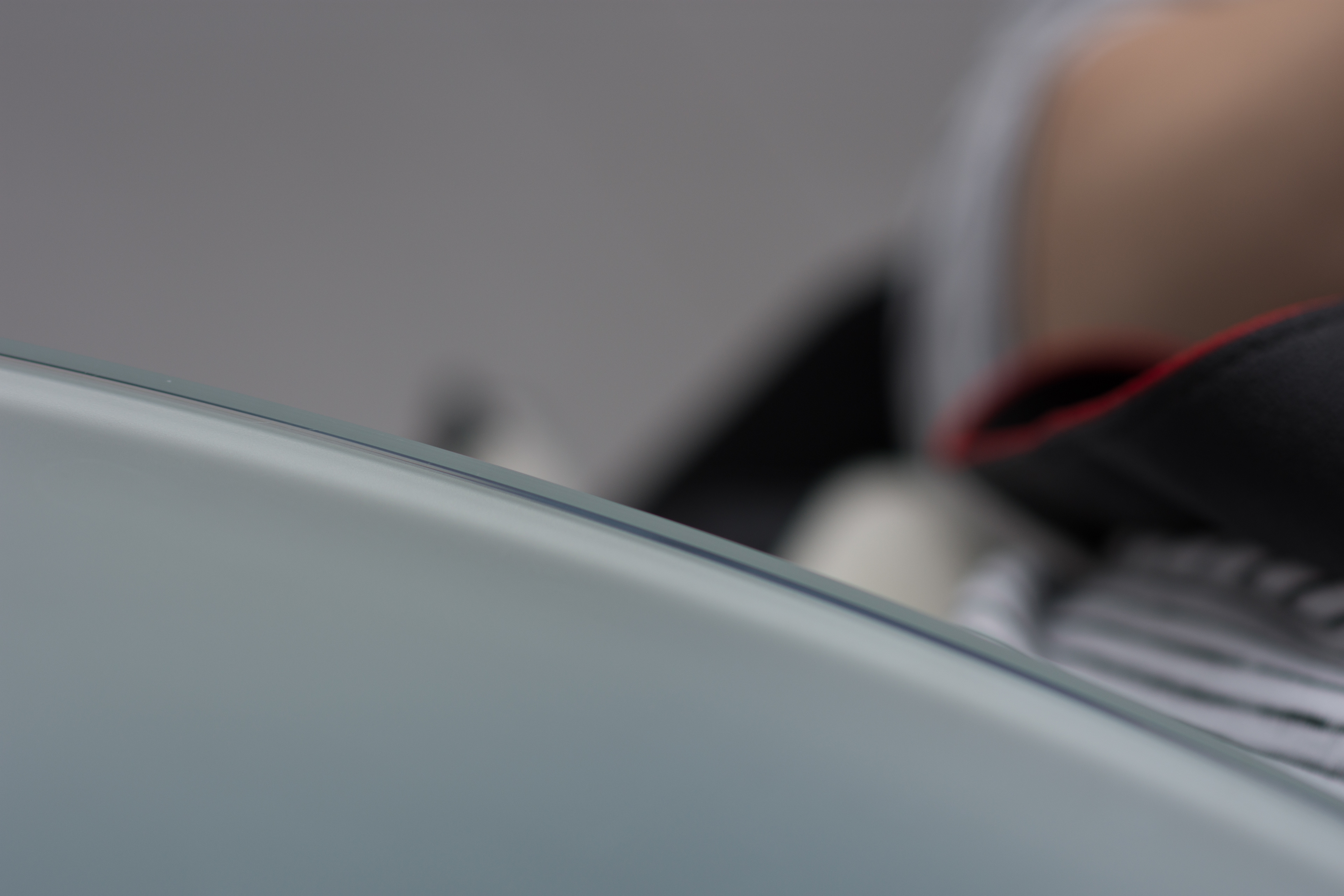
Photographs
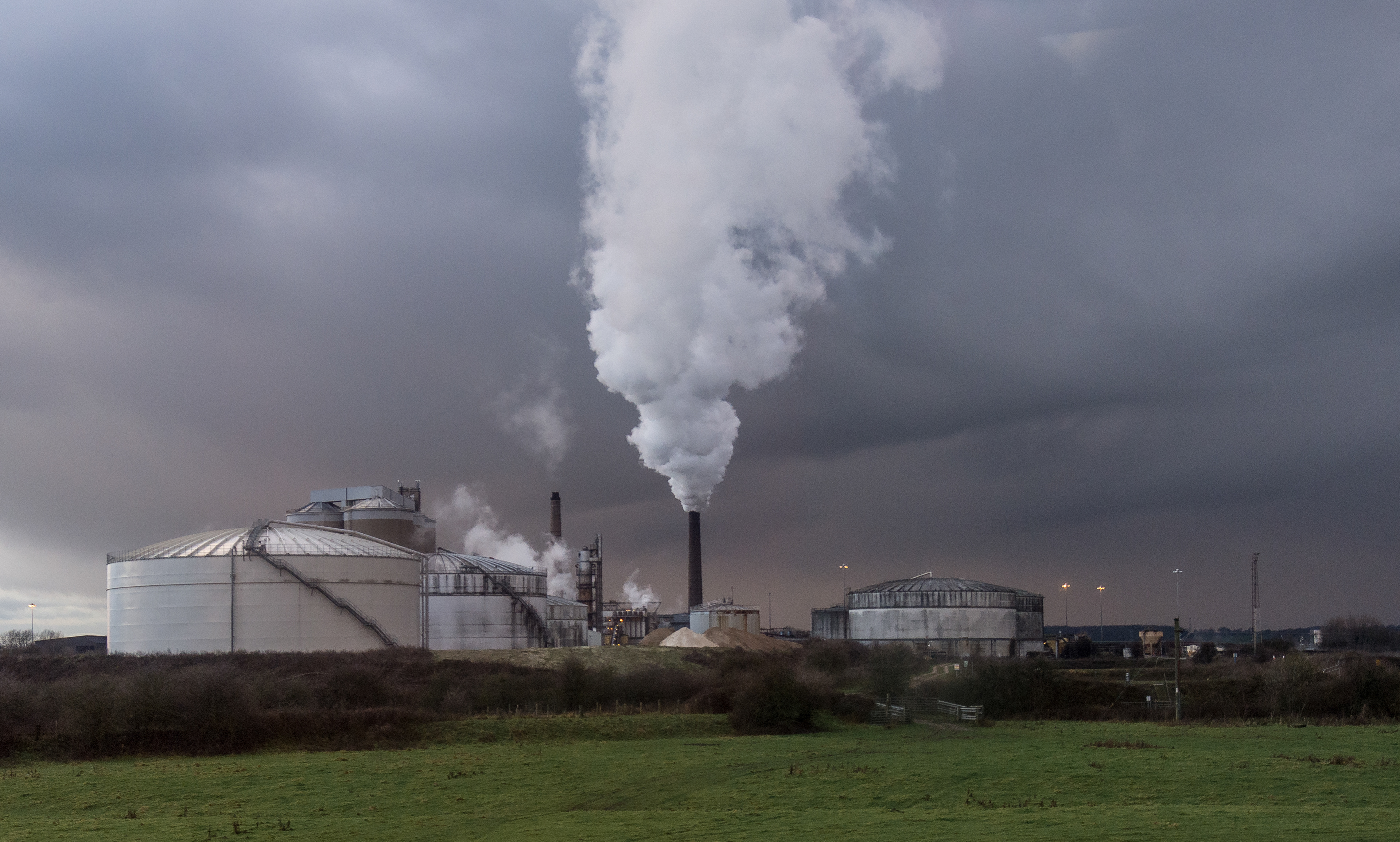
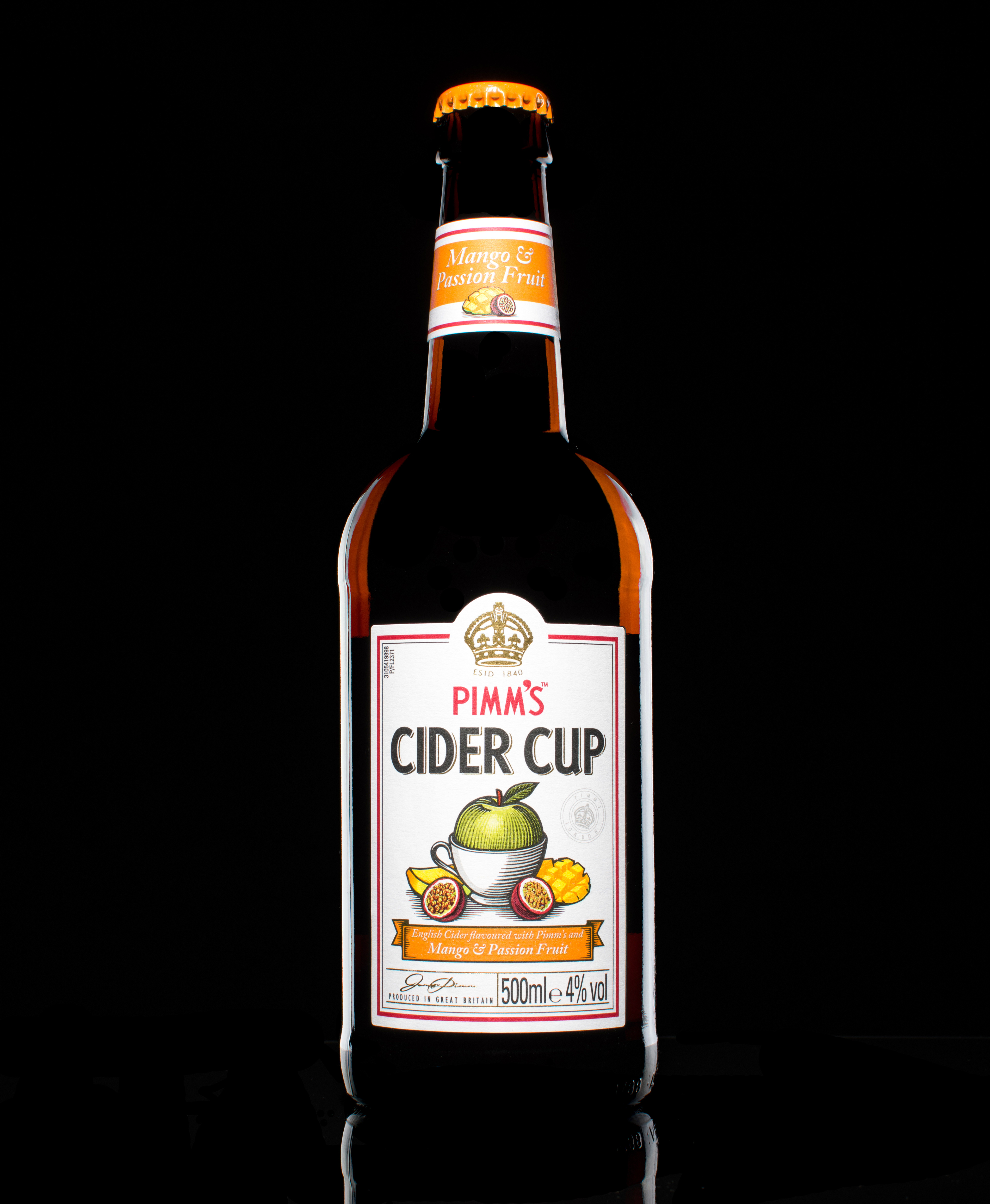
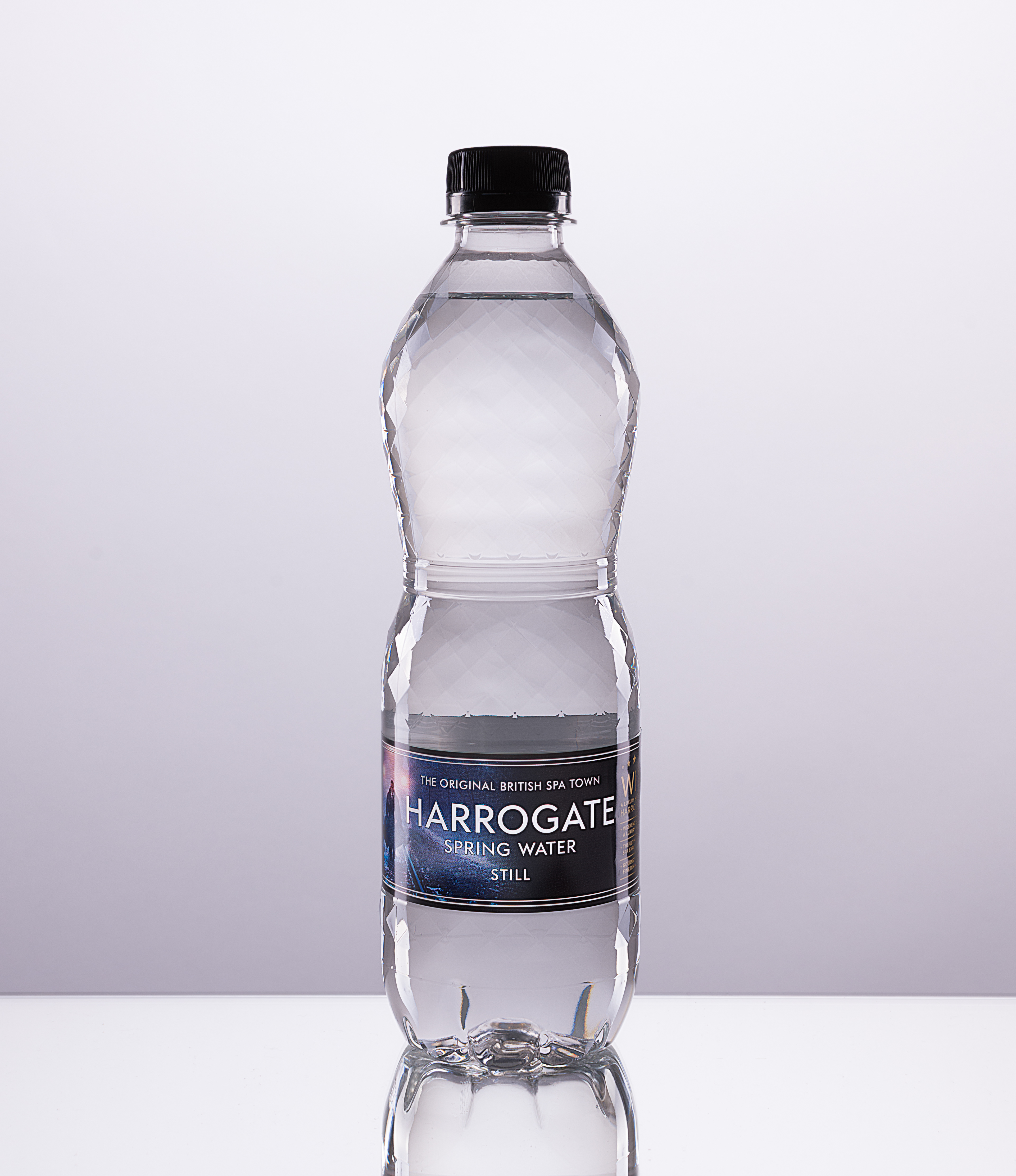



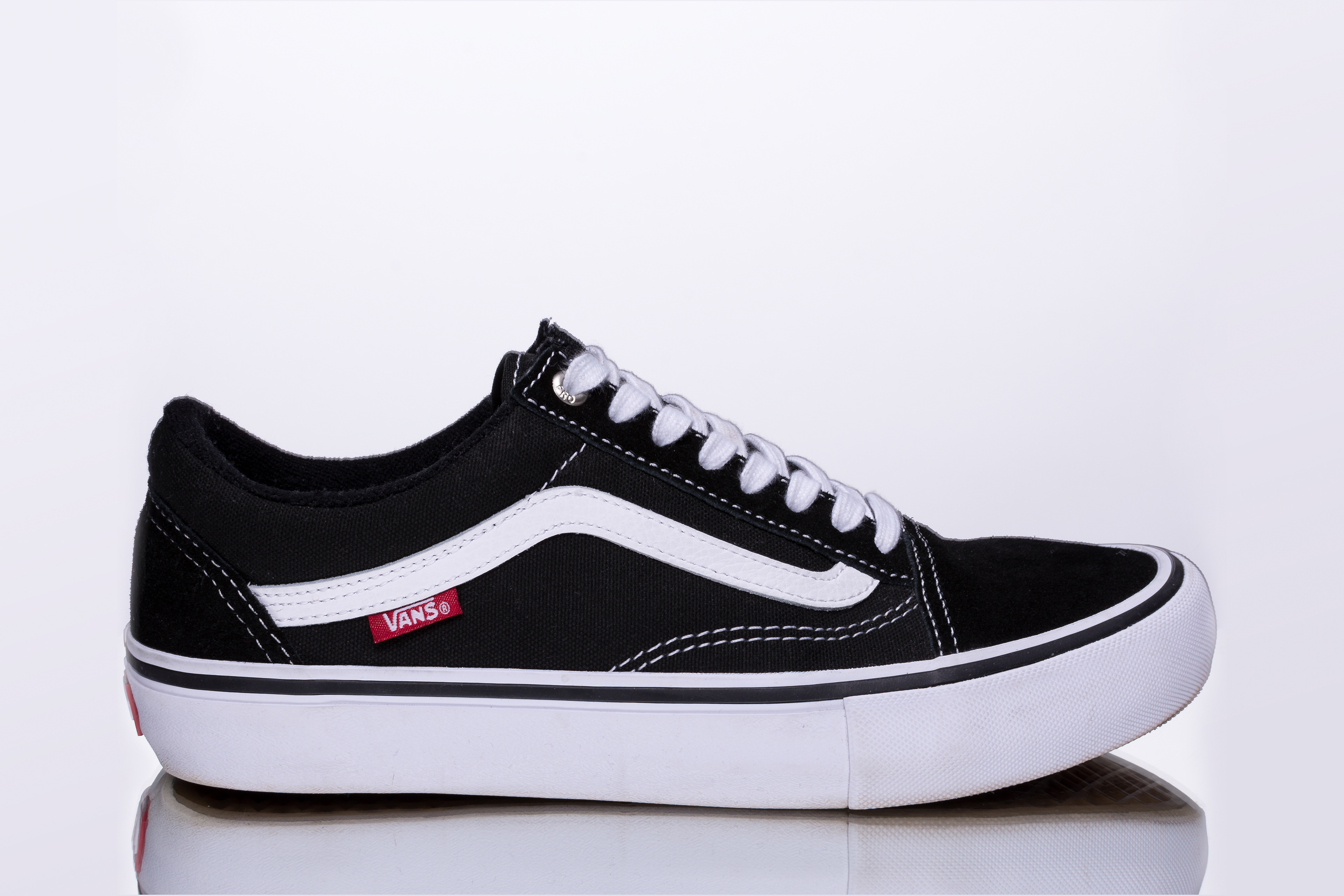

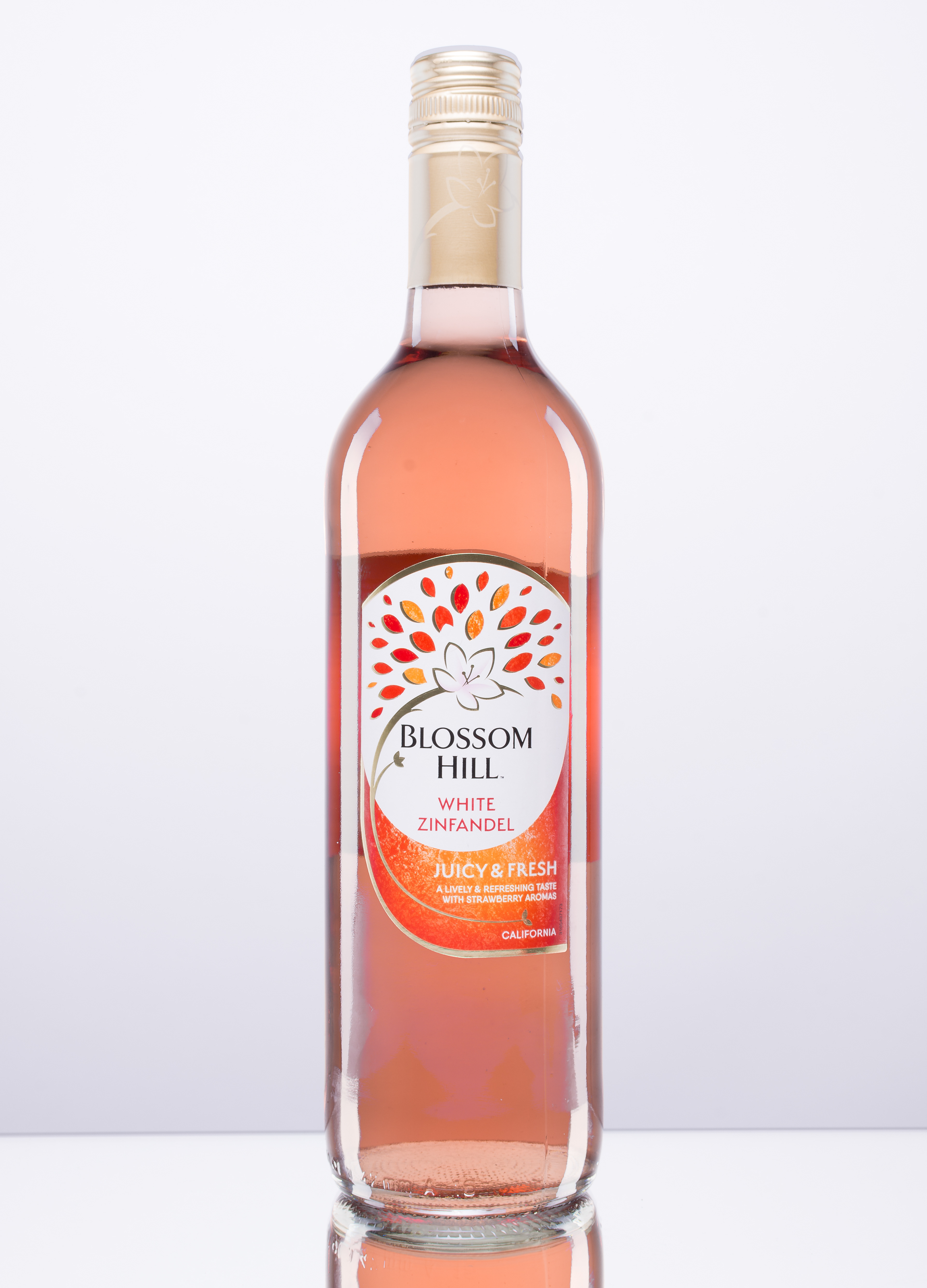


Images


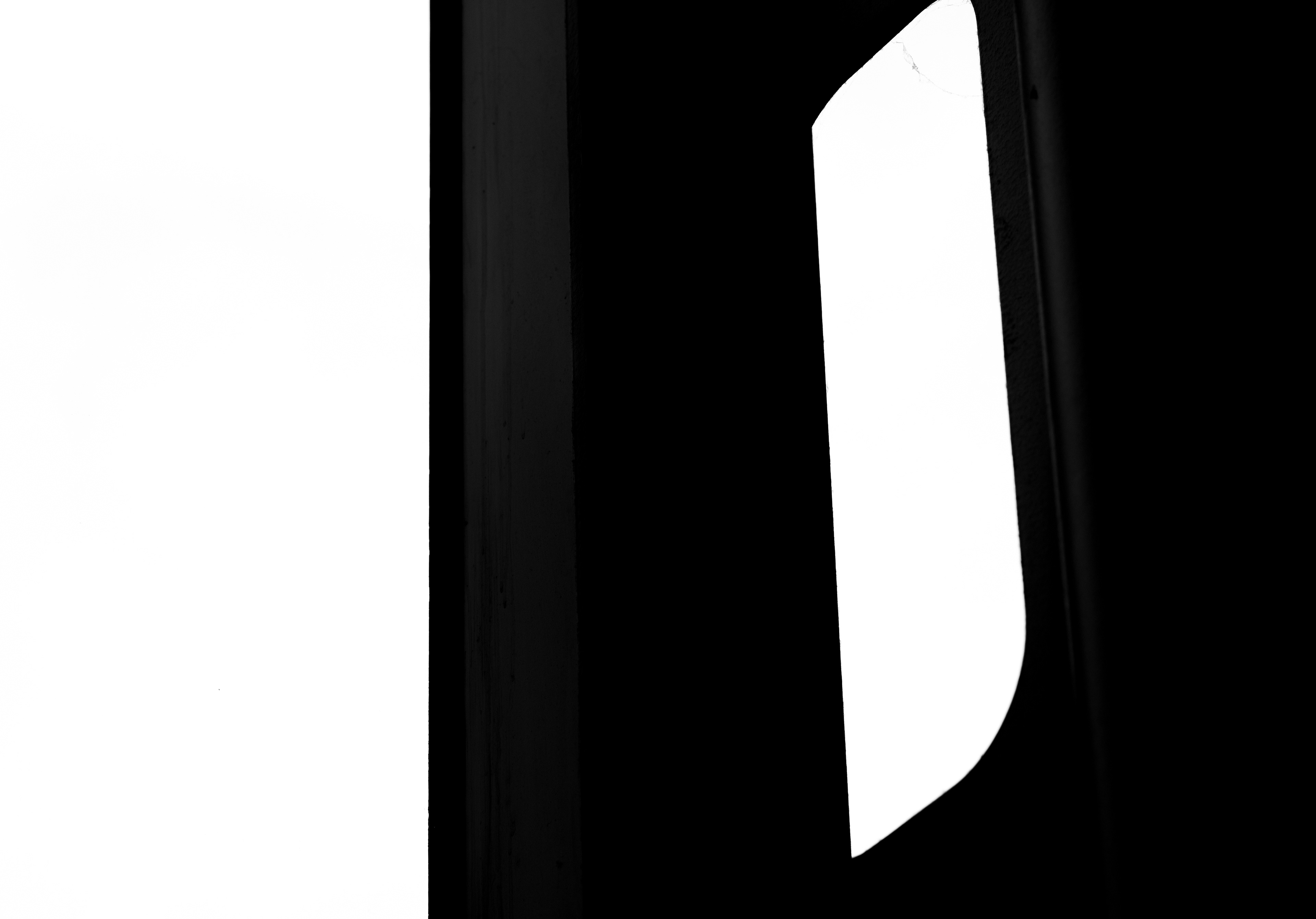
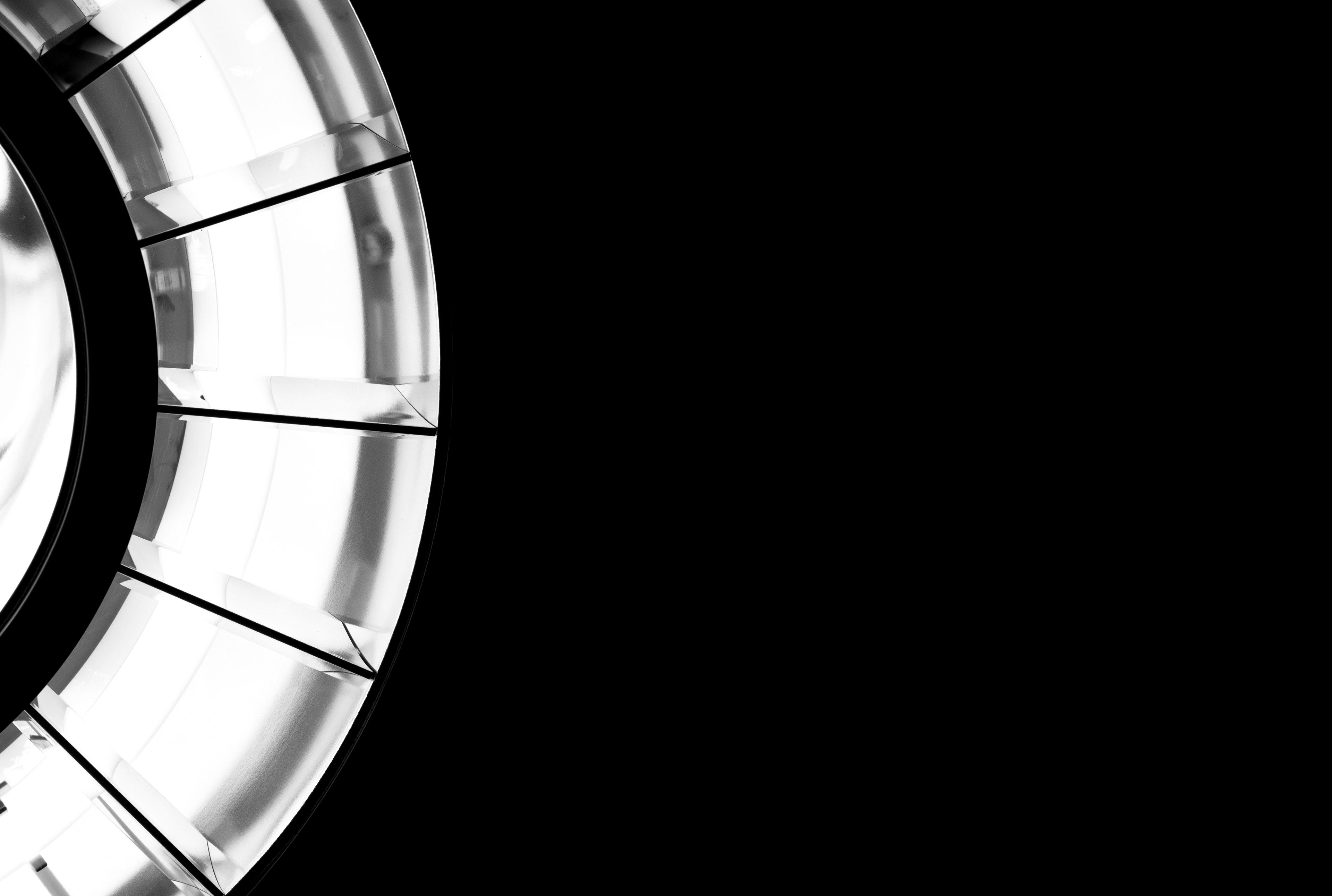
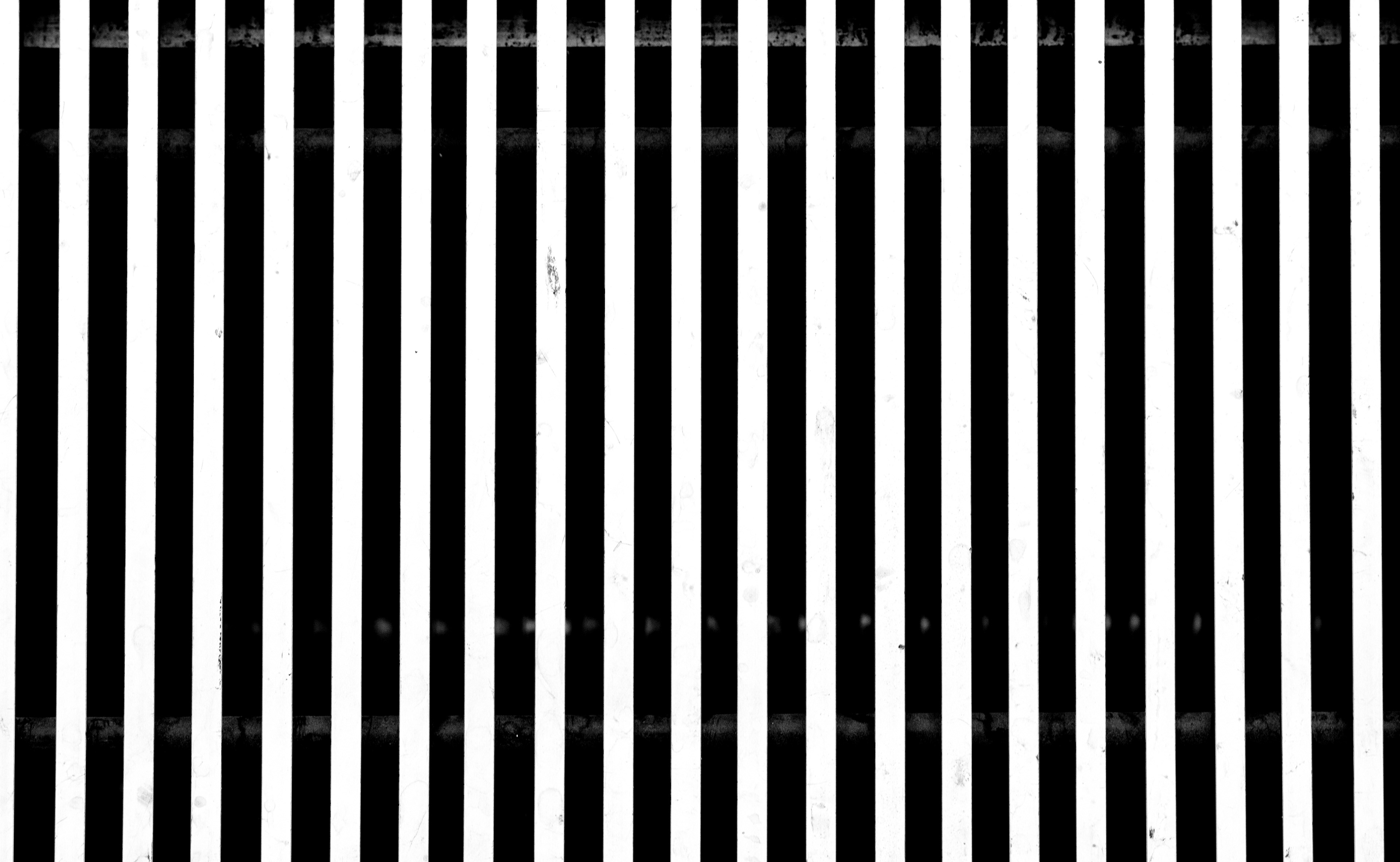




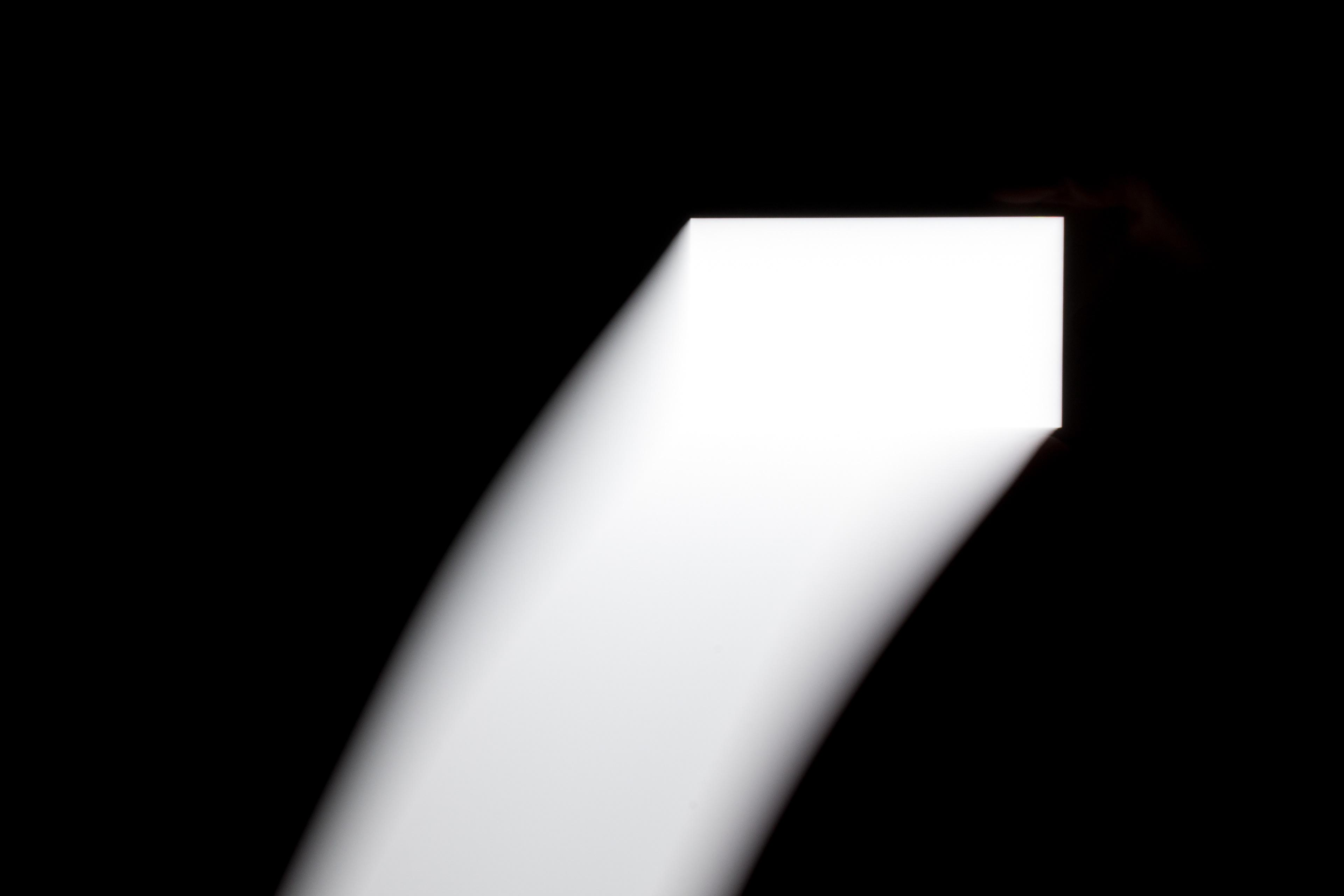
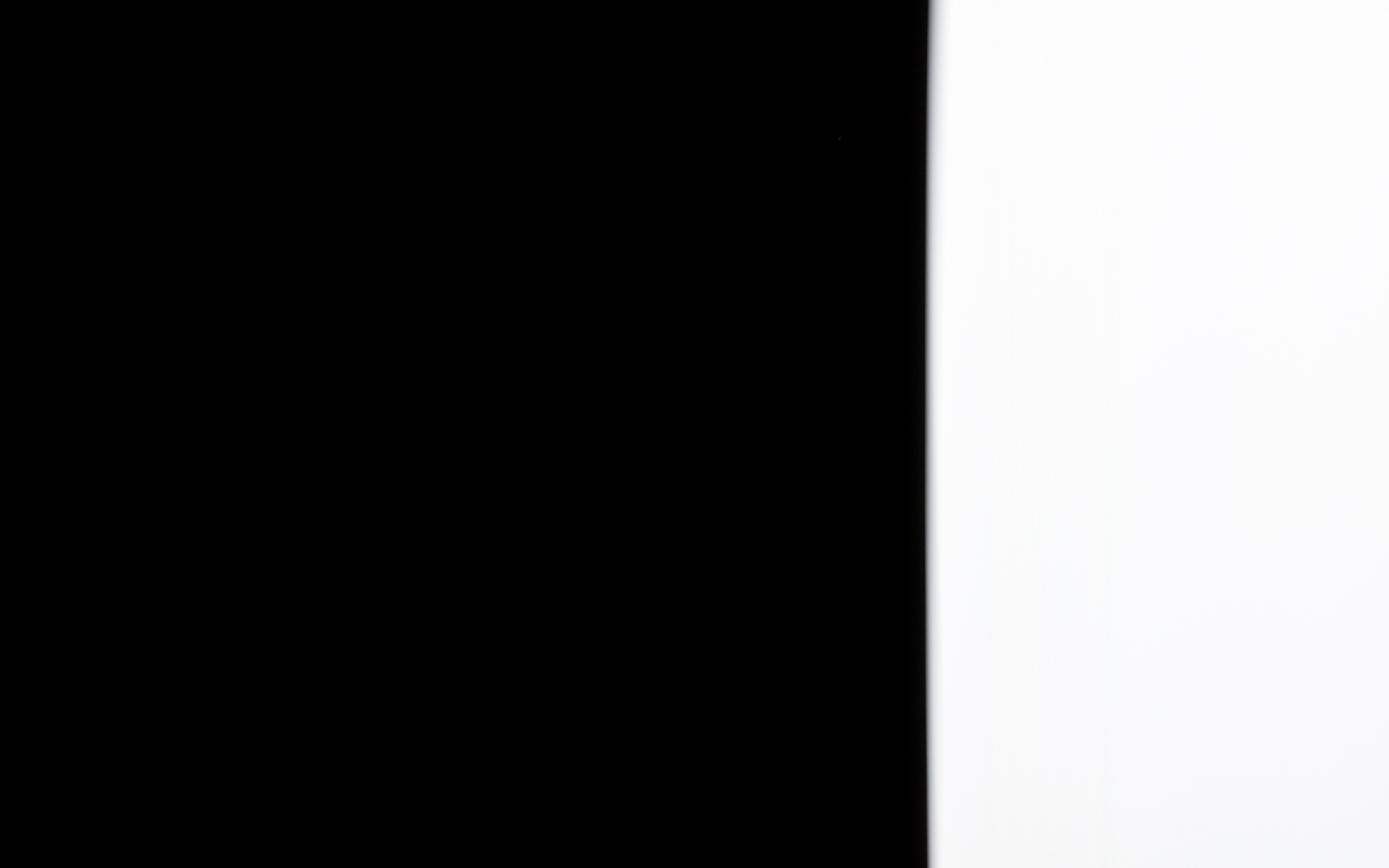
Evaluation
I found this project different to any other project I have done before. I learned that Snapshots, Photographs and Images are different and not the same thing and this project, I feel, it has opened my eyes to new ways of taking, seeing and creating pictures.
I found snapshots the most difficult to make as it challenged my automatic thought processes when taking and making pictures. An example of my automatic process is making the horizon straight or making lines appear straight in my compositions. However for the snapshots, to overcome this automatic process, I decided to not look at what I was taking pictures of, meaning I had no way to see the composition or framing before I took the picture. I now realise that this was an 'easy' way to create a snapshot aesthetic and that I should have deliberately framed the photograph myself by using the characteristics of the snapshot aesthetic.
I really enjoyed taking the photographs because to me it is what I am interested in. I really like commercial photography and for me, this is a category within the 'Photograph'. I enjoyed using my studio equipment and experimenting in Photoshop by creating composite photographs to best represent how the product appears in real life.
At first I had no idea what to do for the Images. However as time went on and I looked at some examples and saw that almost all everyday items or objects could be taken and made into an Image. I did not think that I would like any of the Images but it turns out, I am really pleased with how they turned out and look. After looking through all of my photographs from this project, I can say I definitely prefer my Images the best. This is because they are different to everything I had ever done before and turned out looking very interesting and strange.
If I was to do this project again I would prefer to have 'control' over my composition, so I would use the characteristics of the 'Snapshot Aesthetic' and purposely frame the photograph so I can 'teach' myself to look at situations and scenes differently. If I was to do the Photographs again, I would try and make the background consistent throughout all of the photographs as there is colour variation in the white backgrounds. I would also attempt to create more interesting commercial Photographs. If I was to do the Images again I would rely less on high contrast and black and white to make them less recognisable and try out the Images in colour. Overall I enjoyed making the Photographs and Images but not so much the Snapshots because I will not use the snapshot aesthetic in my work in the future as I prefer commercial photography. However by doing this project, it has changed the way I look at compositions and subjects and how I take photographs in general.
Artist Research - Snapshot
Lee Friedlander
He was born in Washington, US in 1934 and began capturing the American social landscape in 1948. He is most well known for his humorous and poignant images of the chaotic city and natural landscape. His work is influenced by Eugene Aget, Robert Frank and Walker Evans. In 1956 he moved to New York and began working for Atlantic Records, capturing images of Blues and Jazz artists. He later worked as a photographer for magazines but soon discovered his passion for capturing the chaos on the streets of New York. He searched for 'accidental' compositions such that it appeared that he was in the right place at the right time which later become known as the 'snapshot aesthetic'.
Below are some of his snapshot images.

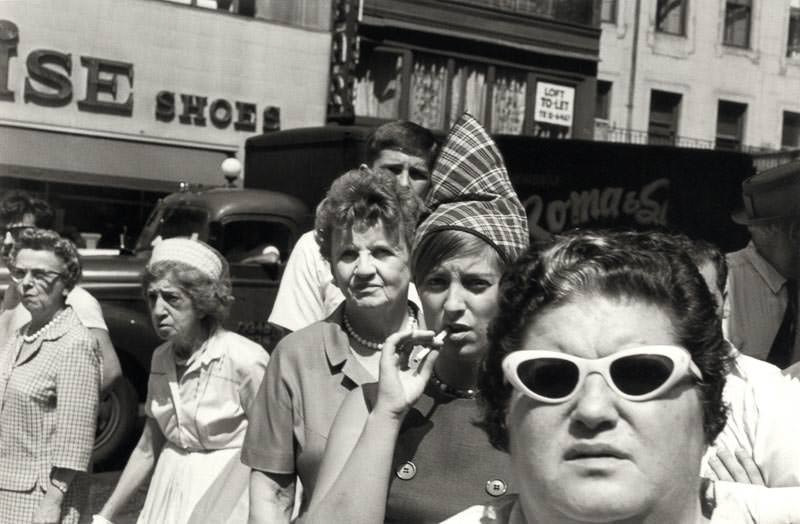
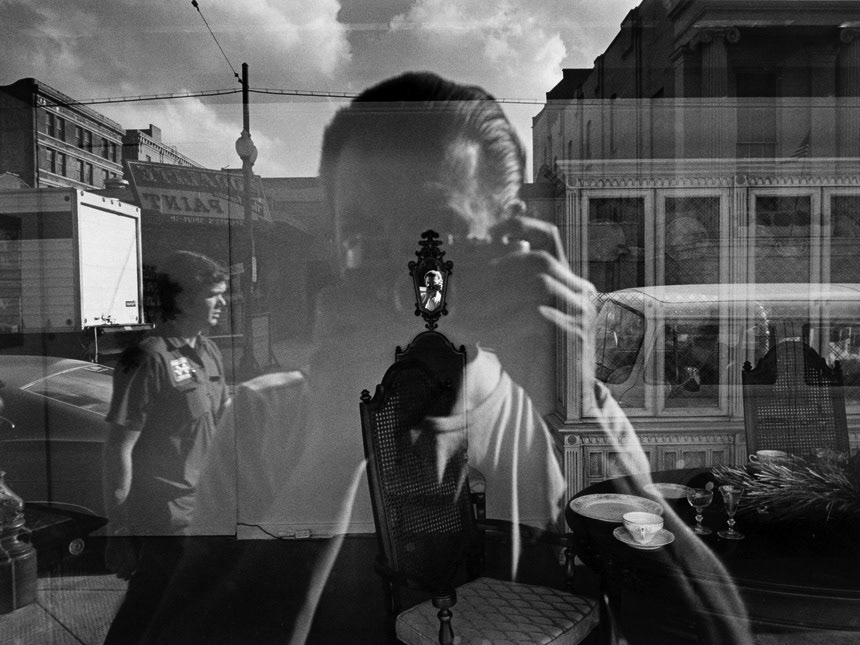
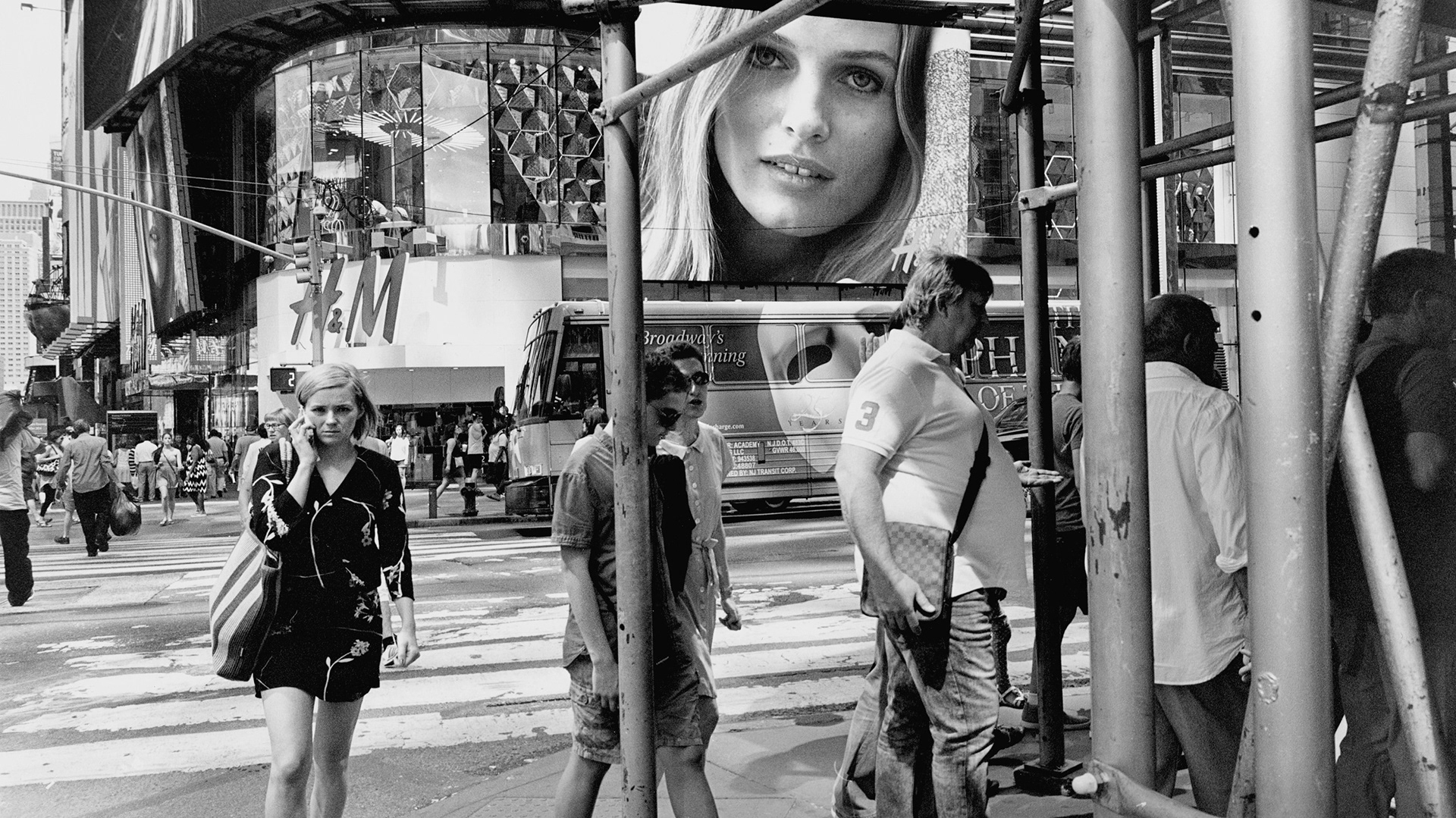
I personally find Lee Friedlander's work quite strange and different because the snapshot aesthetic is all new to me. The composition and framing within his work is very interesting and different. I really like how they use the characteristics of the snapshot aesthetic but still appear 'well composed' and interesting.
Artist Research - Photograph
Max Bridge
Max Bridge is a London-based product photographer with extensive industry practice. He has a great understanding of the brands and products before he shoots them, allowing him to create striking visuals which draw the viewer in. He incorporates a whole heap of different effects and overlays such as splashes, powder explosions, paint and light painting to create more intriguing and visually pleasing photographs. In all of his photographs he uses lighting to create such elegant but minimal looking effects, reflections and highlights on the products.
Below are some of Max Bridge's photographs.
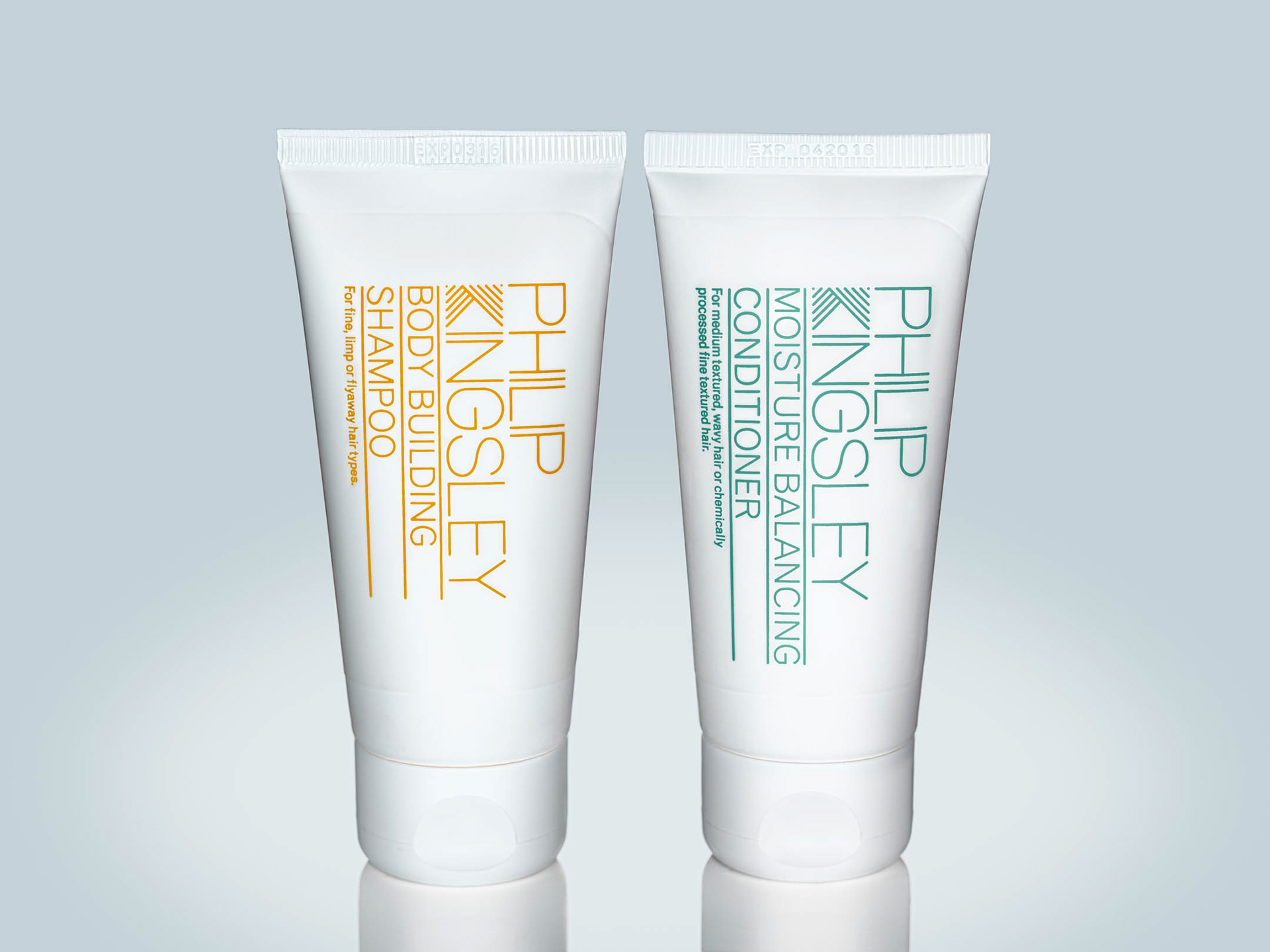
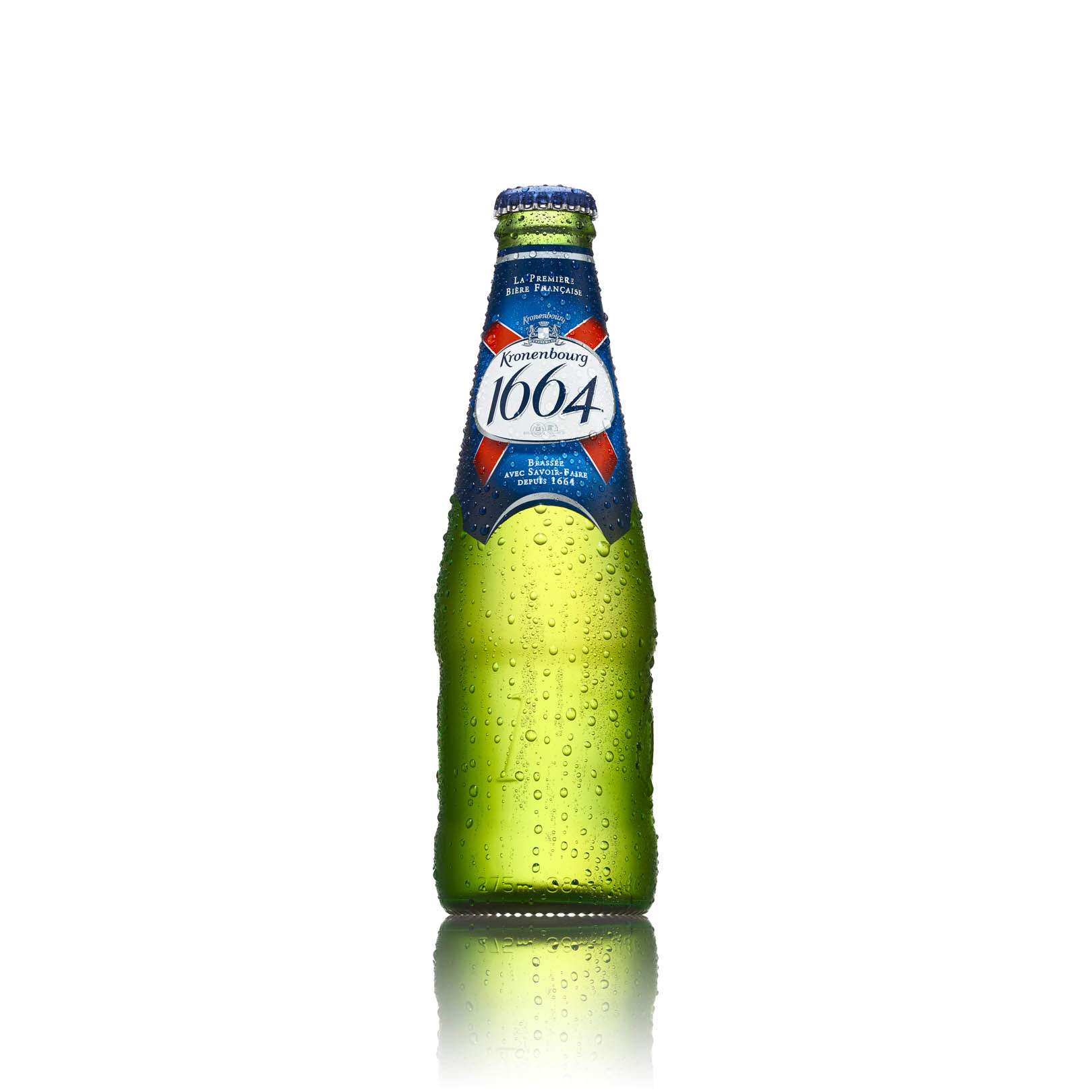

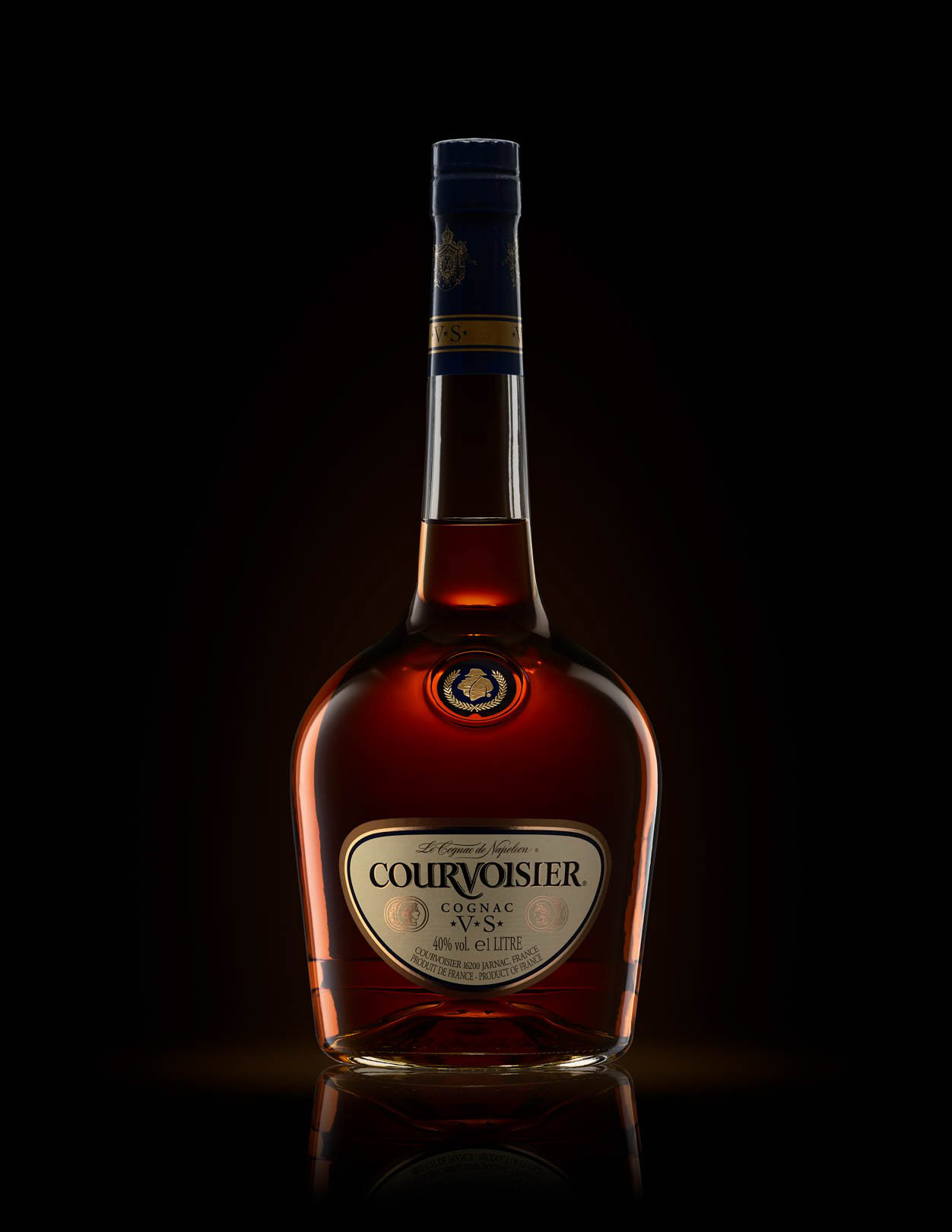
I find Max Bridge's work absolutely stunning, I love his use of lighting and additional layers such as splashes, to create a striking image. His work is the kind of style of work I want to create within my own work. I like the creativity and I am interested in the retouching process also. The commercial photography industry is where I would like to be working, whether it is freelance or working for a company etc.
Artist Research - Image
Paul Sanders
He is a photographer with an interest in landscape, 'abstract', panorama and plant photography. His series of 'abstract' images are more like fine art images, leaving the viewer in suspense wondering about what the image is of. This series of his work is what bought him to the attention of Fujifilm where he was names as one of their X Series photographers.
Below are some of his 'abstract'/ fine art images.
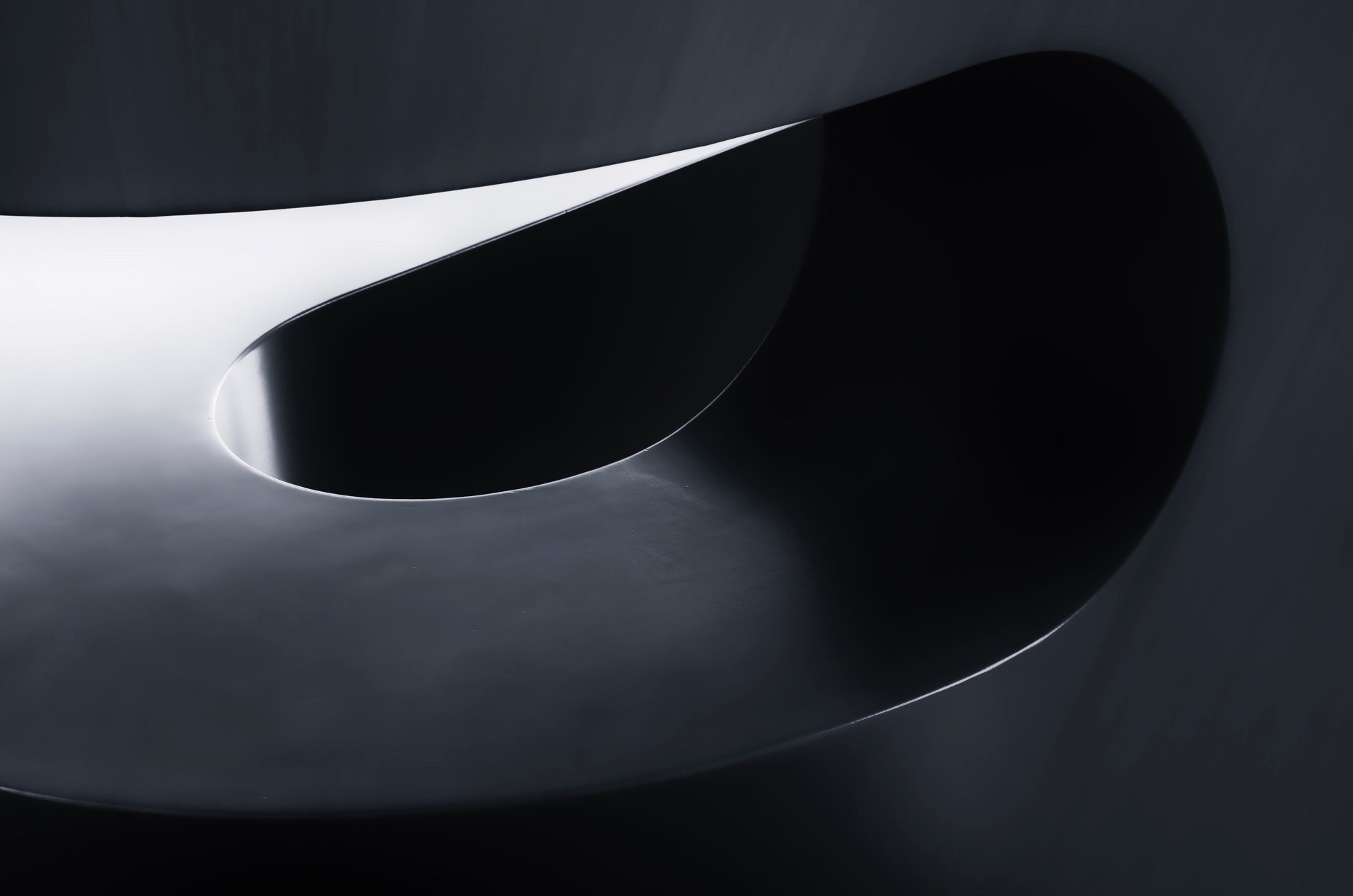
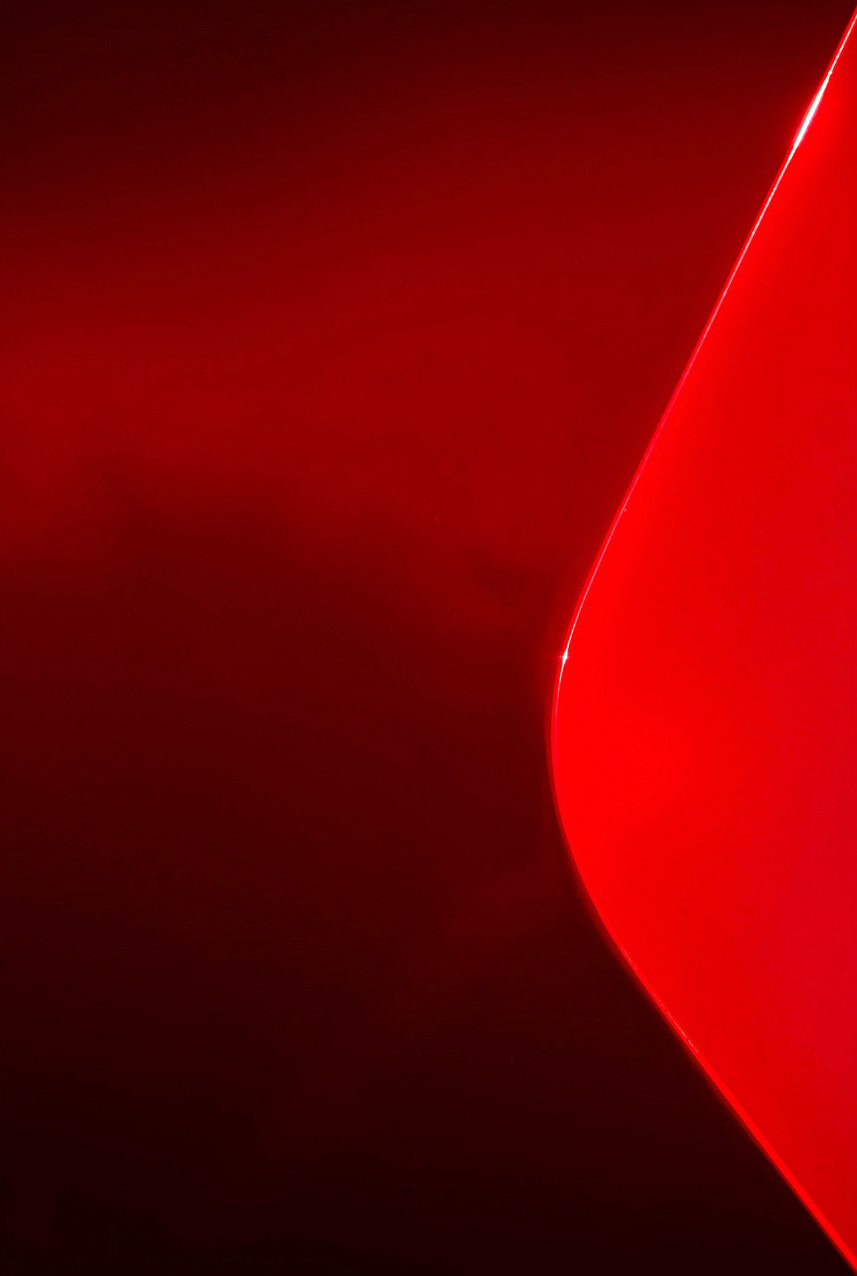
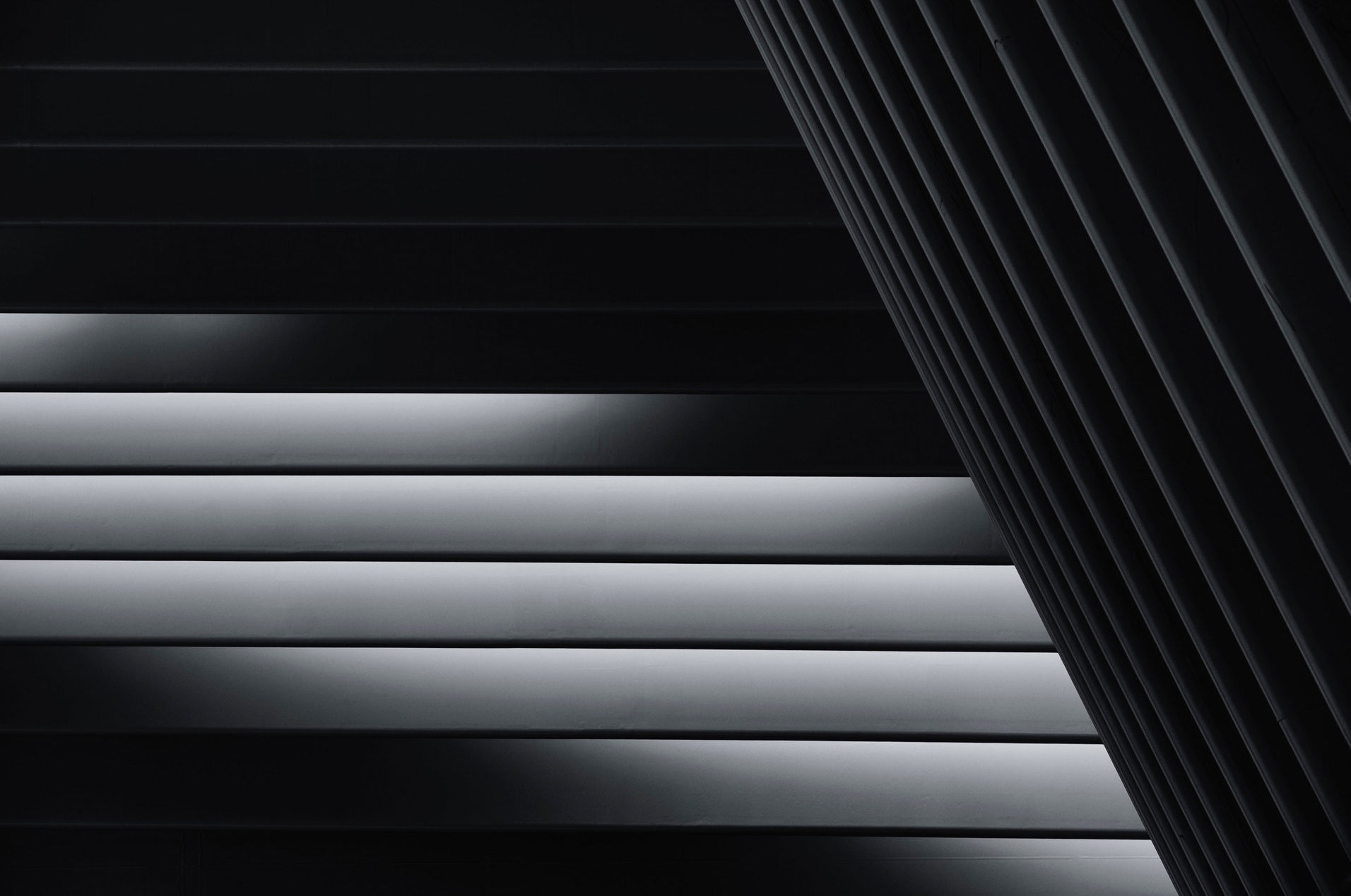
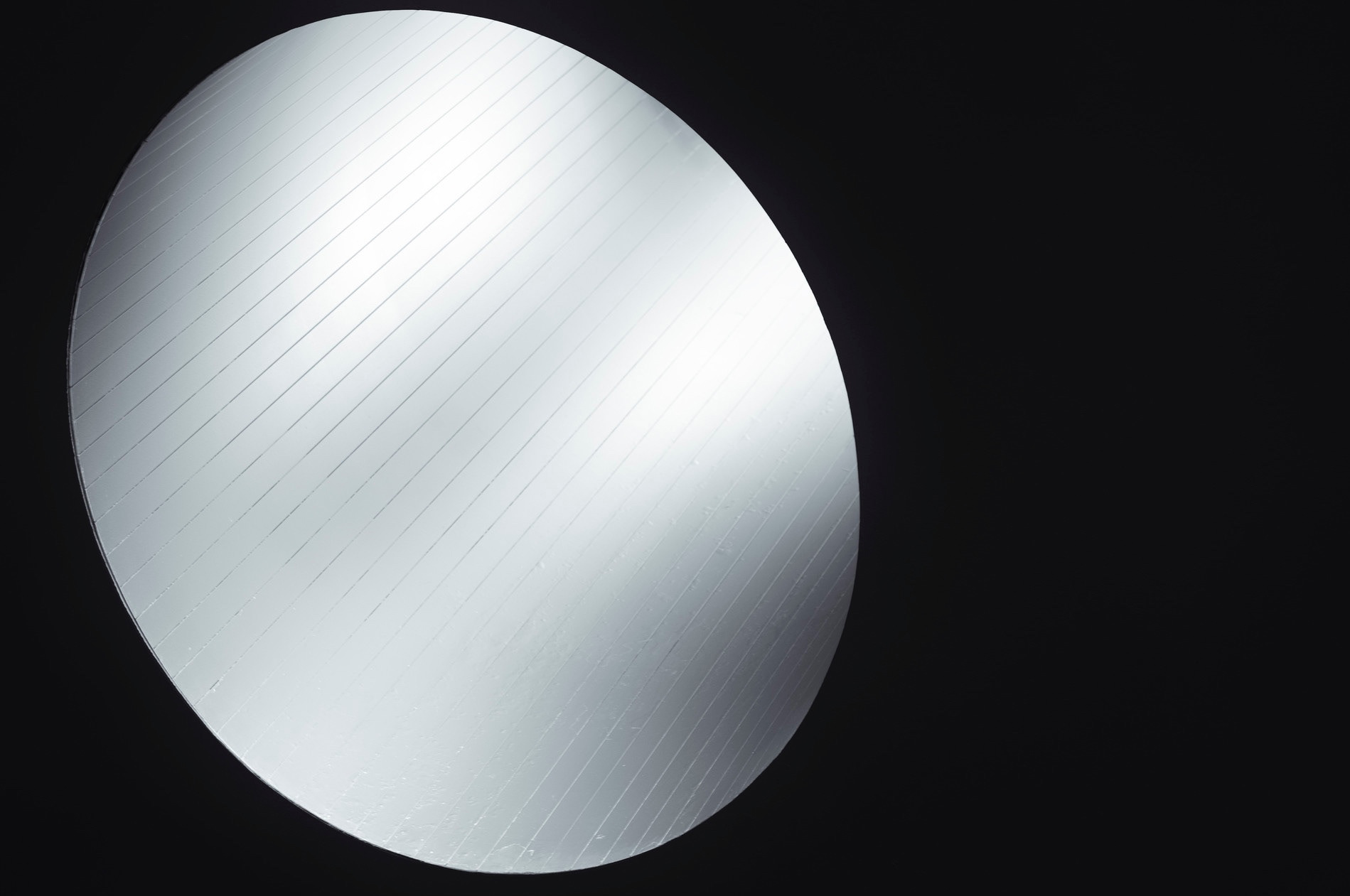
I find his work very interesting because of his use of light and tone especially within the black and white images. I also like his composition and framing. I really like how they almost look fake as if someone has created these in a computer graphics software.